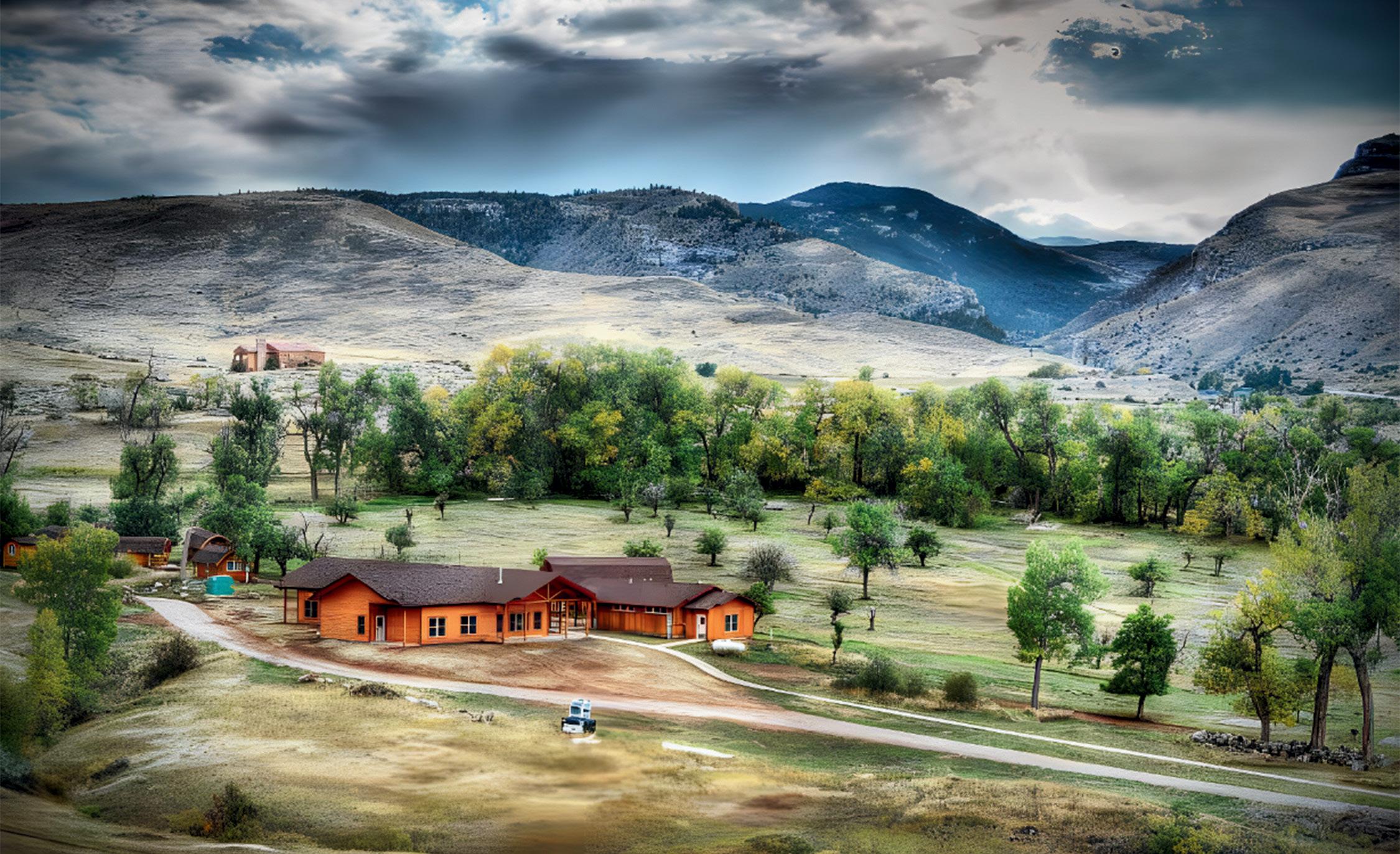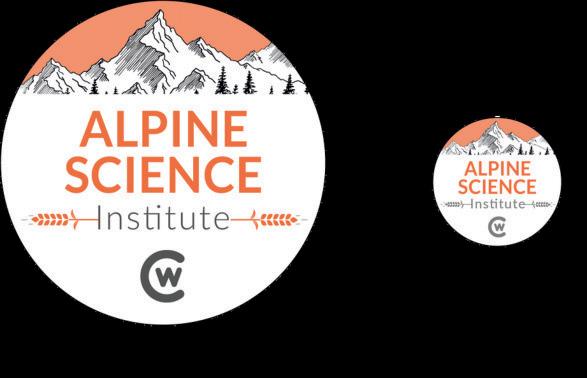
















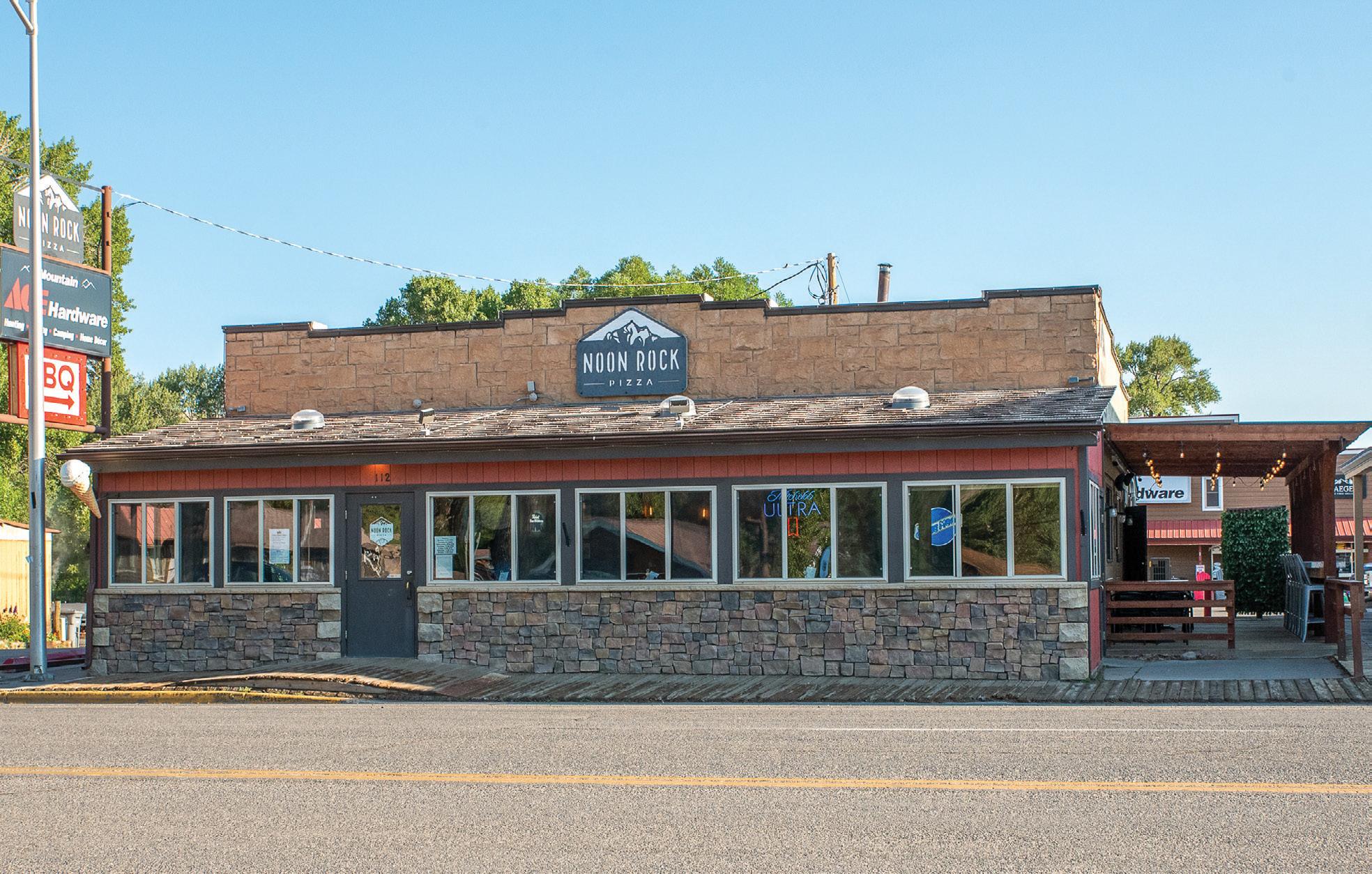
Seize the opportunity to become a culinary cornerstone in one of western Wyoming’s most charming small towns. Noon Rock Pizza has undergone extensive remodeling and updating, resulting in a space that is both visually pleasing and highly functional. The wood and resin bar top with tin wainscot adds a touch of rustic charm, while the built-in brick pizza oven serves as the focal point. Outside, the patio provides an inviting space for guests to dine and relax. This offering includes not only the real estate but also fixtures, equipment, inventory, and licenses (subject to approval), making for a seamless transition for the new owner.
Whether you’re an experienced restaurateur looking to expand your portfolio or a passionate entrepreneur ready to embark on a new venture, Noon Rock Pizza offers the perfect opportunity to realize your dreams of owning a successful business in the heart of Dubois.
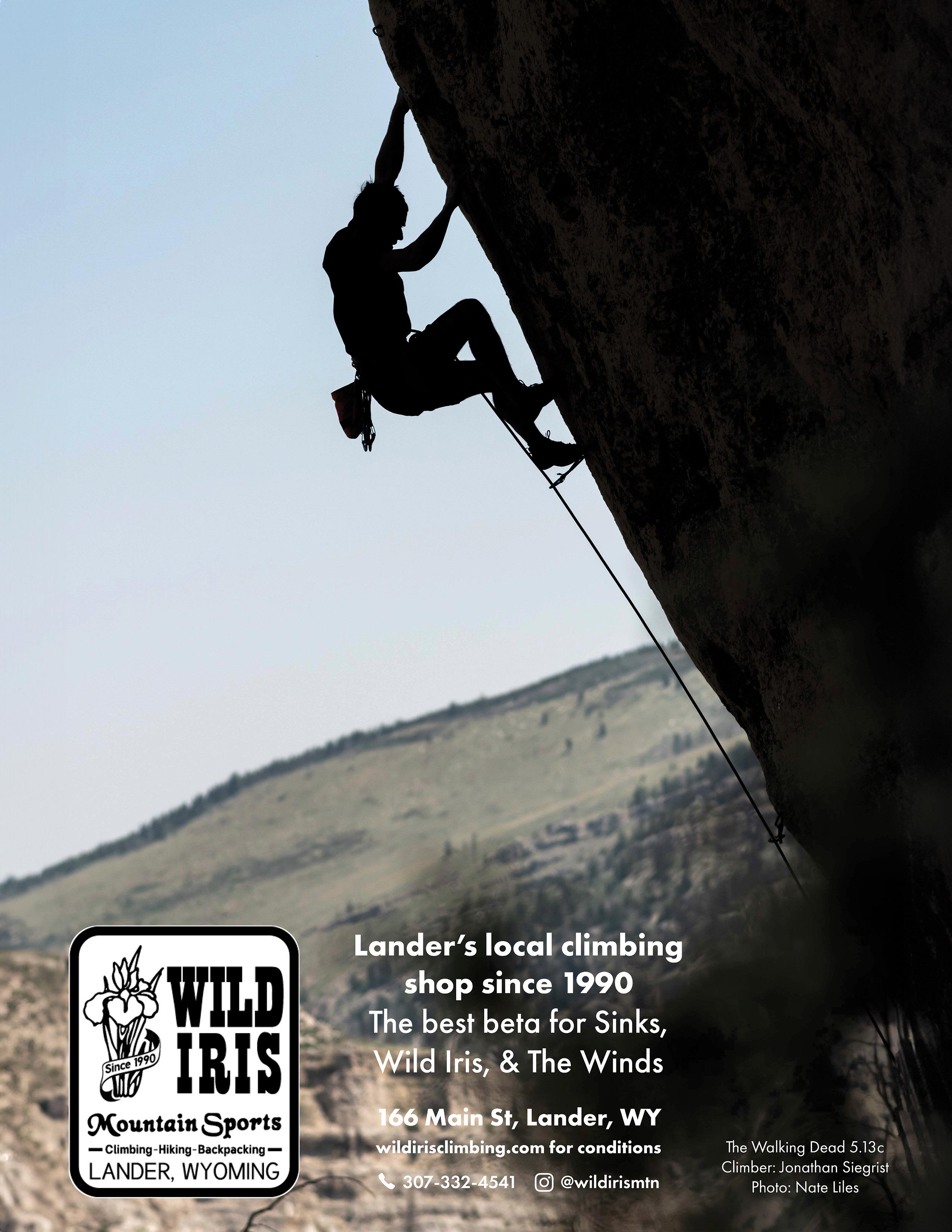
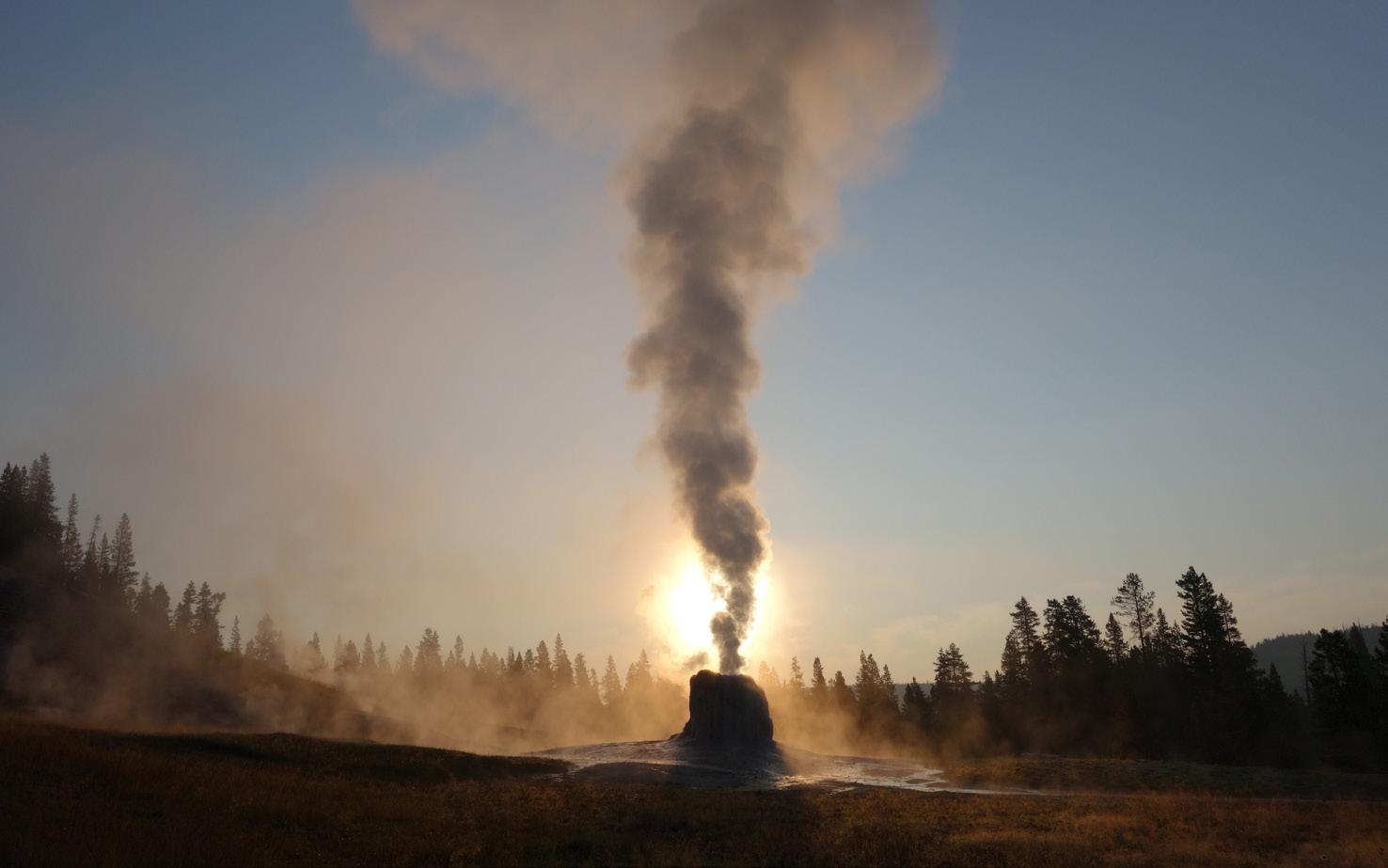

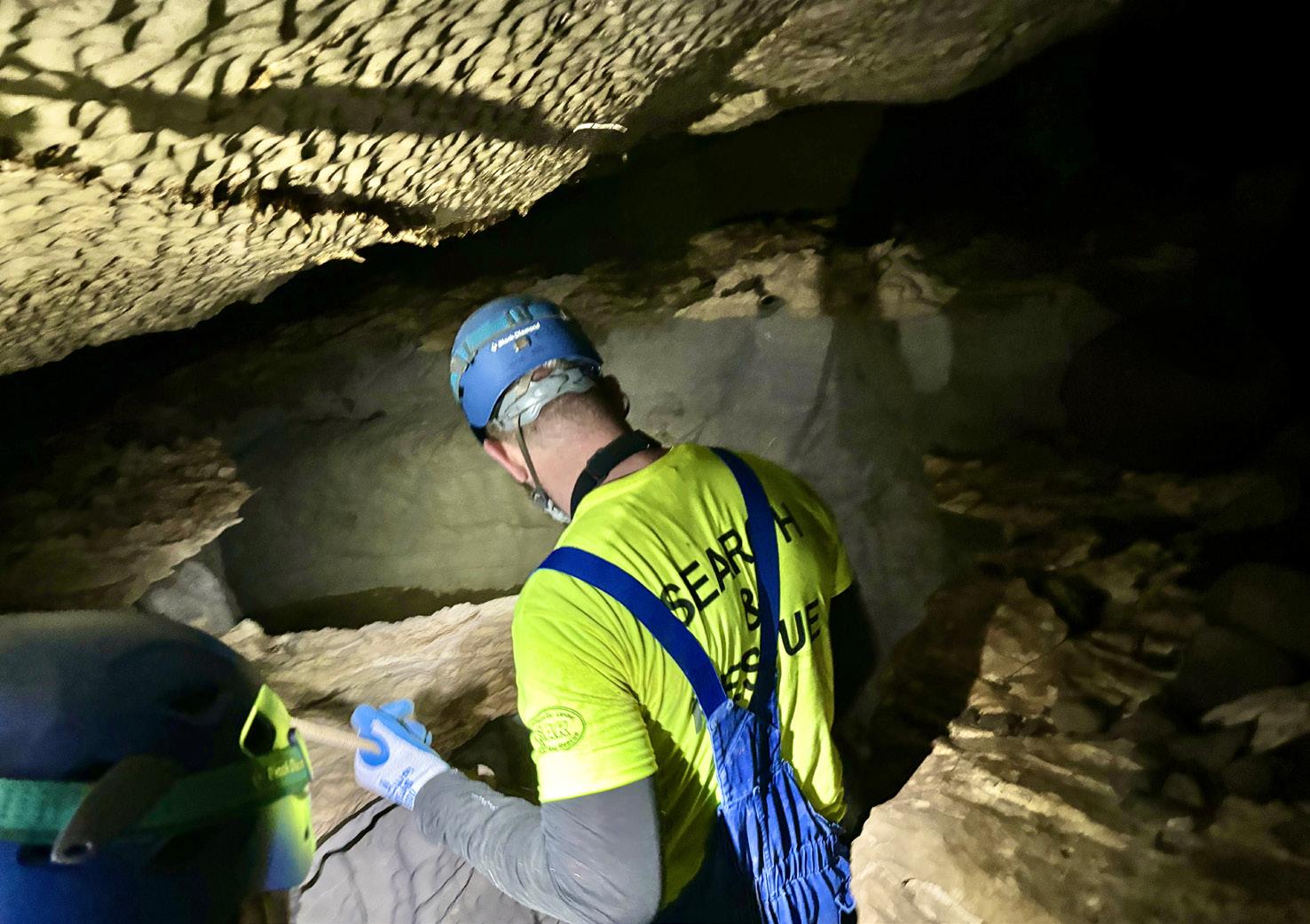
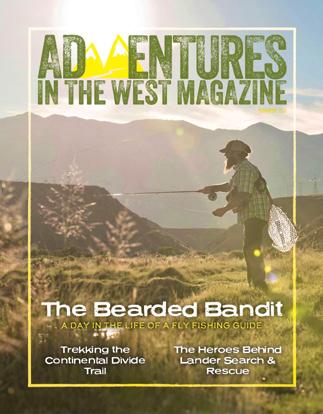

It’s hard for me to believe that summer is finally here. It’s even harder for me to believe we’re publishing our third issue of Adventures in the West. Yet, here we are!
At the beginning of this year, I told Blaine that I want to be braver. By that I don’t mean watching scarier movies, but to say “no” less often. To not immediately doubt myself. To try hard and not be disappointed. It’s not easy, but it’s working.
When I decided to launch AITW, the only way I could do it was to give up my full time job. That was scary, but I couldn’t be happier that I took the leap. A couple of months ago, Blaine and I decided to buy a little chunk of property outside of Lander and are working towards building a home. Both decisions have been challenging, but have grown me individually and us as a couple.
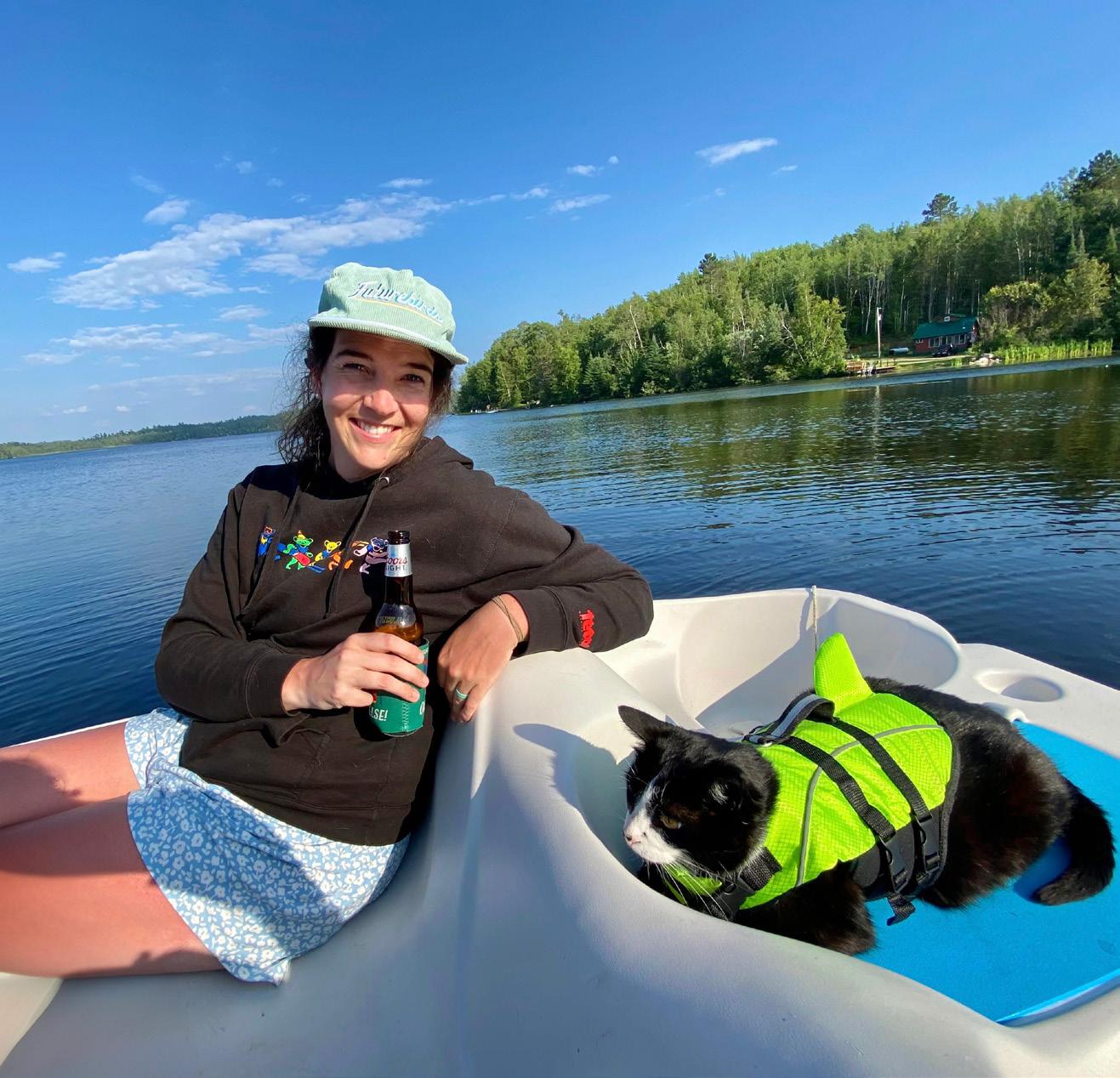
It’s hard to put yourself out there. I’m learning to be more confident in approaching businesses about advertising. I’m learning to reach out to folks that would be great features in our magazine and I’ve met people with whom I might never have crossed paths without having this magazine.
This summer we’ve hosted backyard parties and hung out with new friends. I’ve been getting into lead climbing again. I took on a managerial role at the gym where I also work. Each day I simply hope to be better than yesterday.

And speaking of bravery, this issue of AITW features some utter badasses. These folks know how to be brave, to be smart, to push themselves to their limits, and, most importantly, how to have fun. From Search & Rescue missions to ultramarathon runners, these stories are not only colorfully informative, but truly inspiring. It was a blast spending a day fishing with a dear friend of ours, and we’re excited to be able to tell his story as well.
To my fellow readers, I sincerely hope you enjoy this issue and the rest of this beautiful summer. Soak in those early sunrises and late sunsets. Grill that meat and crack open those cold beers. Starwatch with your loved ones. Jump in that lake. It may be the season of mosquito bites and sunburns, but as always, it will be gone all too soon.
Every time I watch Lord of the Rings, I have a moment of selfreflection. Tolkien had a lesson to teach us. Life is about pursuing challenges, learning from experiences, embracing change, and seeking adventure. You won’t learn the wonders of life if you don’t step outside of your comfort zone.
Be brave, be safe, and cherish the good times.
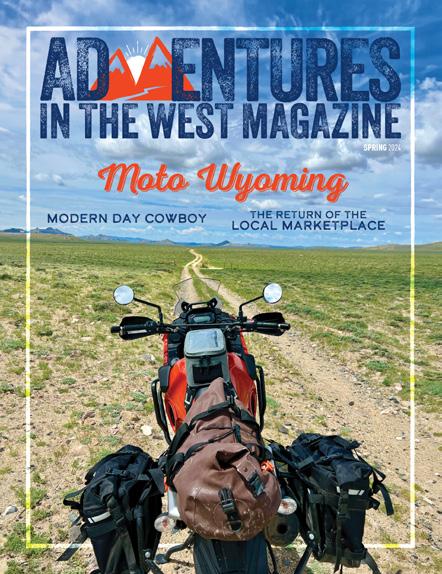
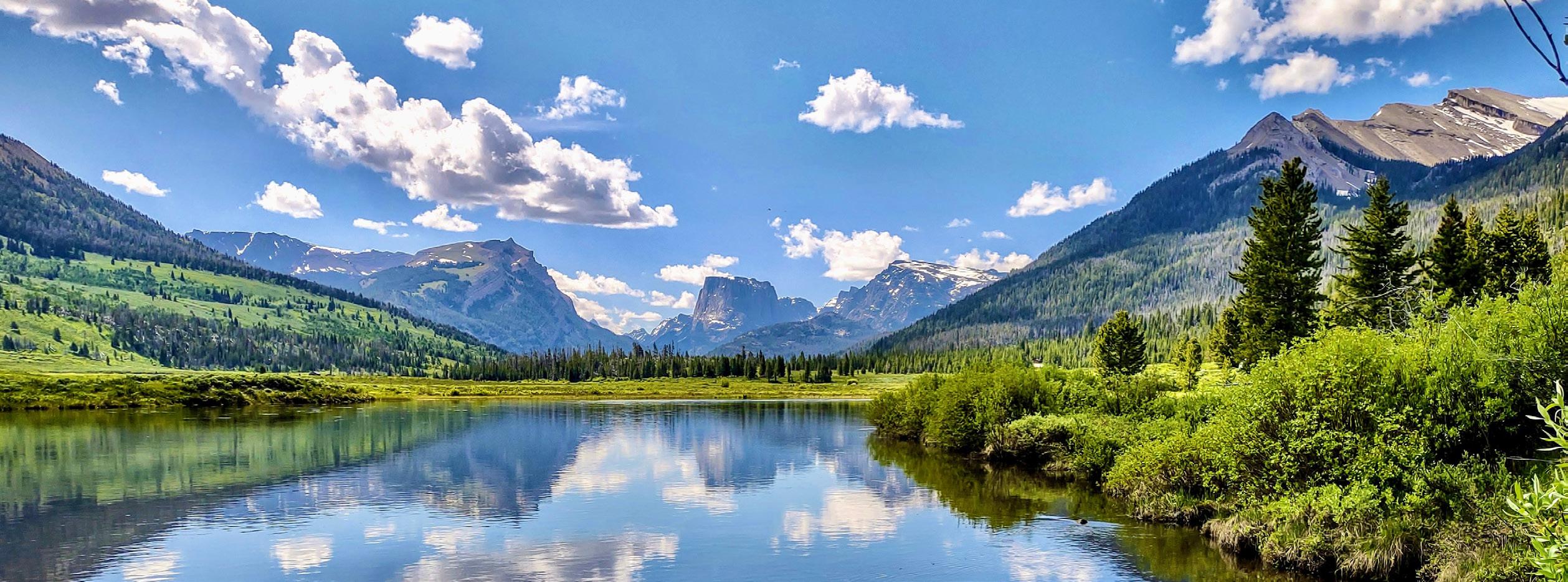

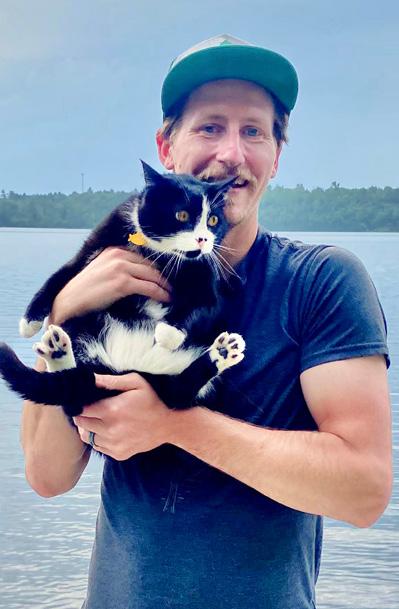
Writer
Originally from Indiana, Blaine moved out west to climb and enjoy living on mountain time. Climbing has been the obsession of his life and driving force for 13 years now. After meeting Mel, the two of them moved around the Rocky Mountains until settling in the best town, Lander, Wyoming. They climb, hike, camp with their cat, Poots, and enjoy the adventurous life the west has to offer.
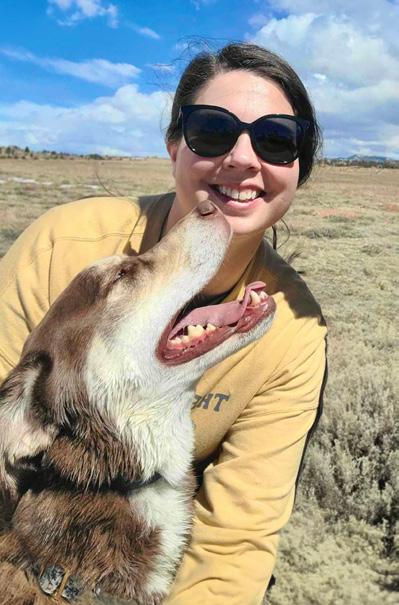
Editor
Hayley Wheeler is a legal assistant in Cheyenne, Wyoming, where she spends her days drafting and editing legal documents. Raised in Lander, she took a brief hiatus from the mountain west to earn her Bachelor of Arts degree in English Literature from Purdue University. When not professionally proofreading, you can find Hayley hiking or snowshoeing with her husband and dog, taking a pottery class, wrangling the cat, or reading a good sci-fi/fantasy novel.

Writer
Mandy Fabel lives in Lander, Wyoming with her husband and two-year old son Stokes. Her wedding took place on top of Pingora Peak in the
Wind River Mountains and just about every weekend in the winter you will find her riding her snowmobile somewhere in fresh snow. Along with being the Executive Director of Leadership Wyoming, Mandy and her husband Brian run a YouTube channel called Granola & Gasoline where they feature their adventures.

Graphic Design
Melanie was raised on a farm on the banks of the Clarks Fork River in Belfry. Her life-long love of art led her to a career as a freelance graphic designer. When she’s not busy working, Melanie enjoys being with family, spending time with her dogs, camping, ATVing, collecting rocks and watching the sunset. Check out her art at www.melaniefab.com and follow her on Instagram @ melaniefabart.
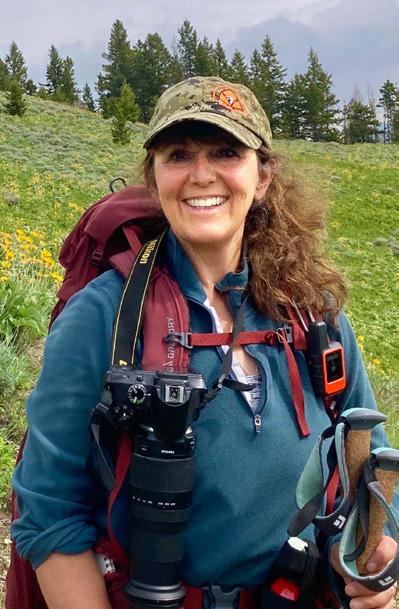
Writer / photographer
Amy Grisak is an award-winning freelance writer and the author of The Nature Guide to Glacier and Waterton Lakes National Parks. She is based out of Great Falls, Montana and loves sharing her decades of outdoor experience with her readers. Find more of her work at amygrisak.substack.com.
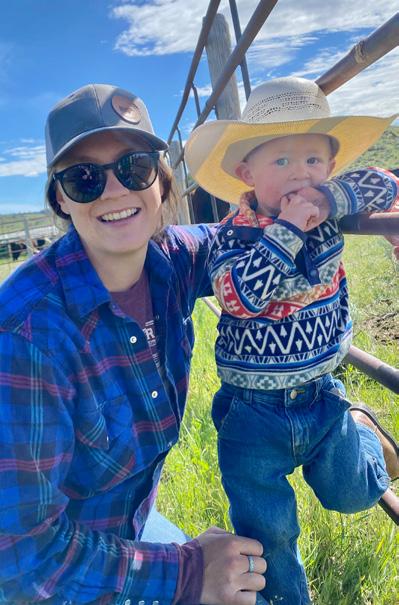
Website Design
Originating from a fifthgeneration Montana ranch, Kayla has a real connection to the cherished western lifestyle. She ranches with her husband, Chace, and owns Ranch Raised Media which compliments the work they do on the land. Whether it be through photography, writing, graphic and web design, and social media, she strives to share the story of this way of life on a dayto-day basis. Follow Ranch Raised Media on Facebook and Instagram or visit www. ranchraisedmedia.com.

PUBLISHER
MELANIE LIMPUS (406) 860-9636
EMAIL: publisher@ adventuresinthewest.com
COPY EDITOR
HAYLEY WHEELER
EMAIL: haywheele@gmail.com
MELANIE
(406) 860-9636
EMAIL: publisher@ adventuresinthewest.com DESIGN
MELANIE FABRIZIUS
EMAIL: ads@raisedinthewest.com ADDRESS
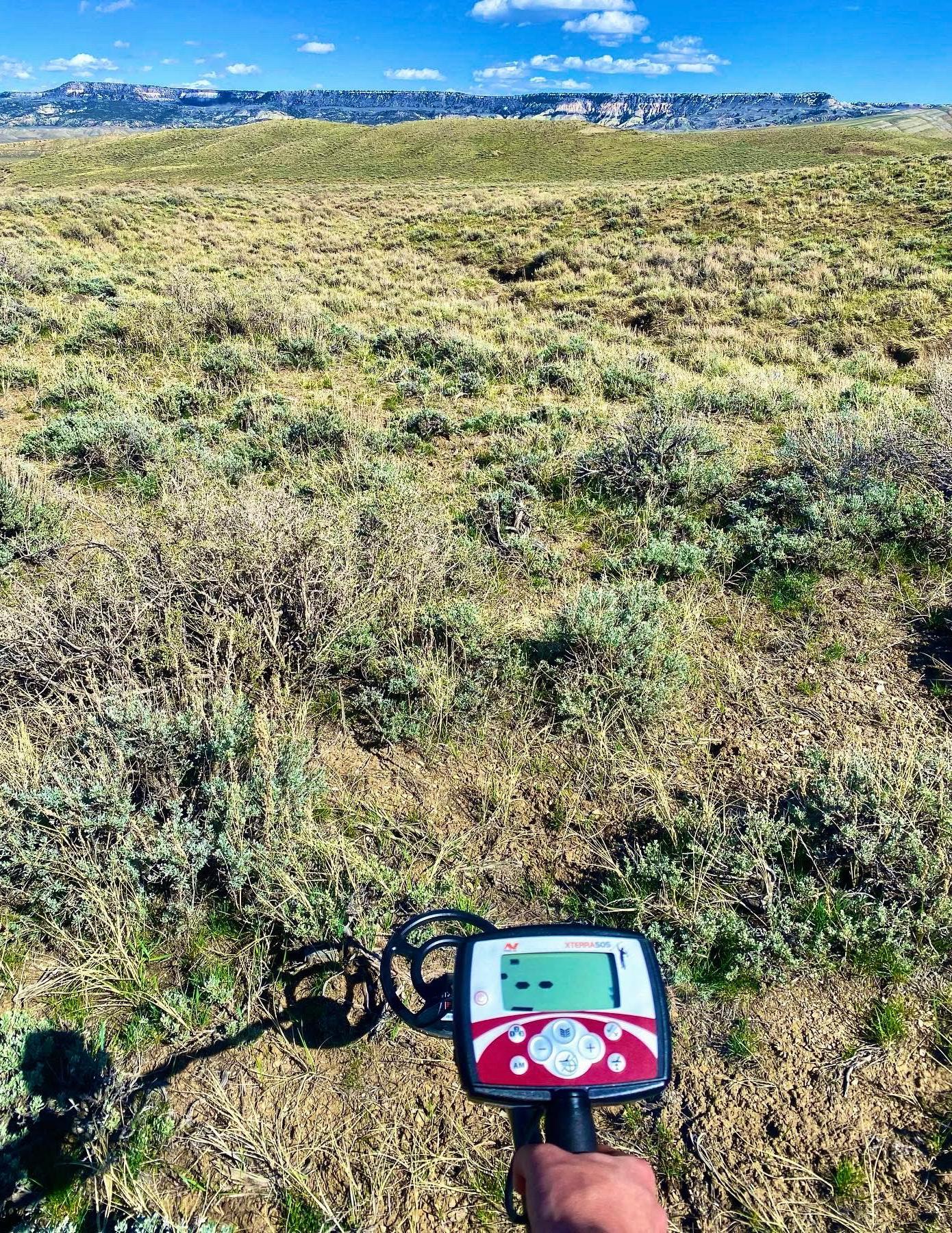
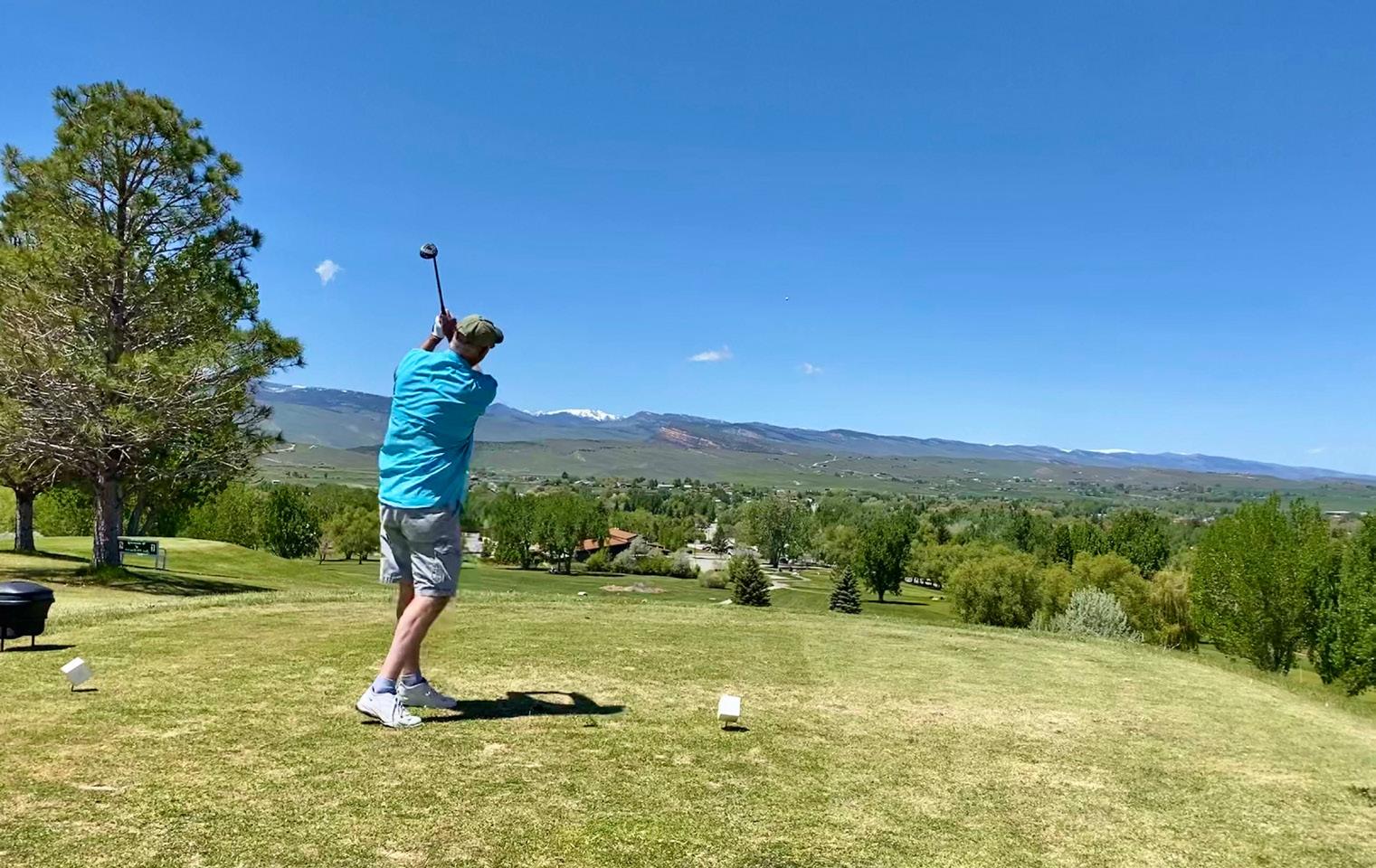
2.
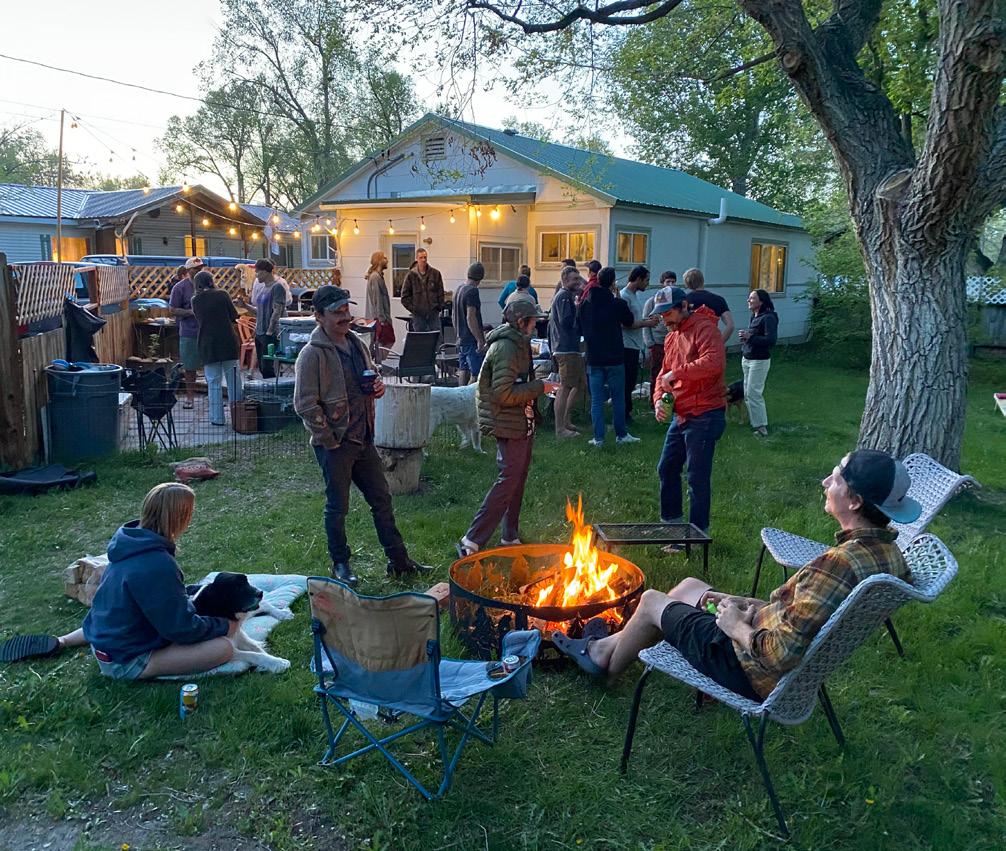
1. Bought myself a metal detector to hopefully find some treasure!
5. We took a trip to Dubois with Poots. 6. Soaking up the wildflowers on the hike out from the Wild Iris. 1.
2. Picked up the clubs after nearly a decade to enjoy a morning golfing with my dad.
3. We threw a big party to celebrate Vance, Tim, and Sloan's birthdays!
4. Double cutthroat trout, thanks to our buddy Shane!
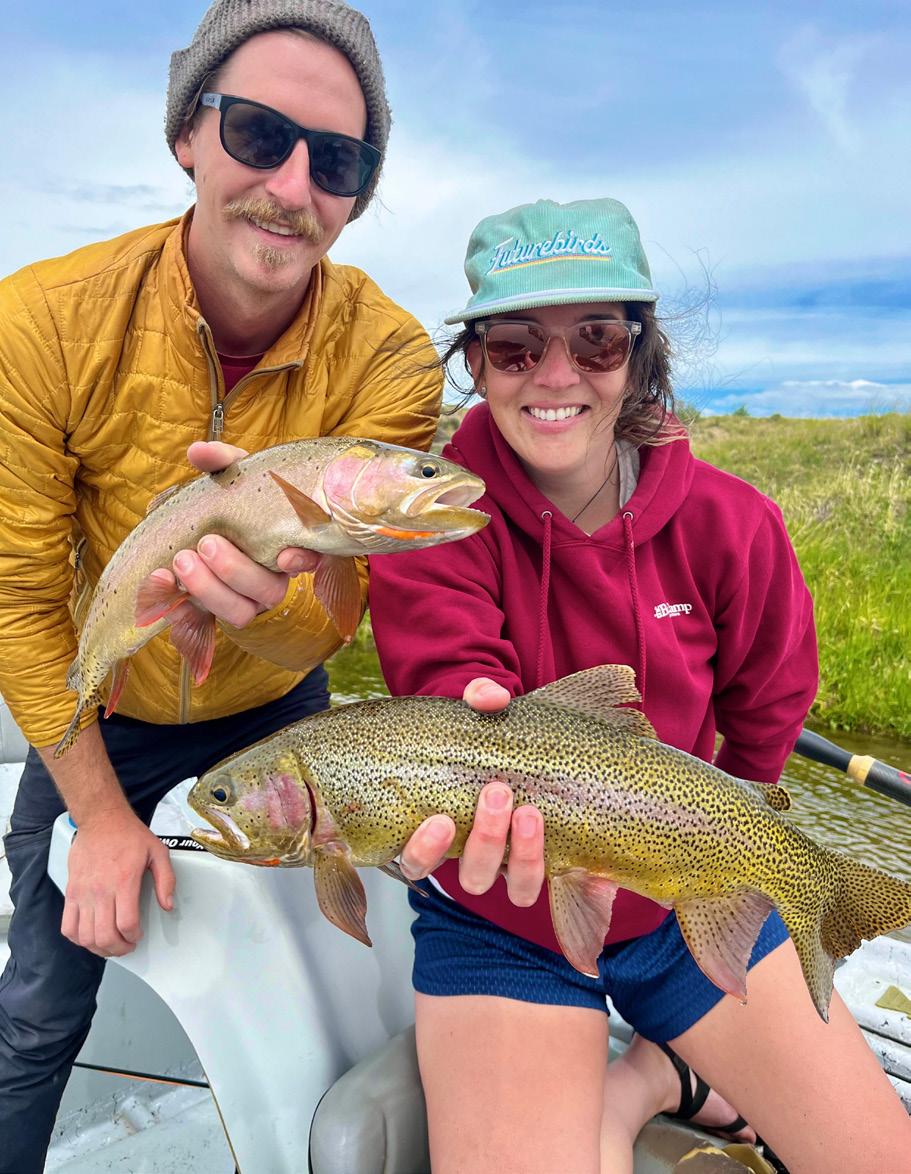
3. 4. 5.
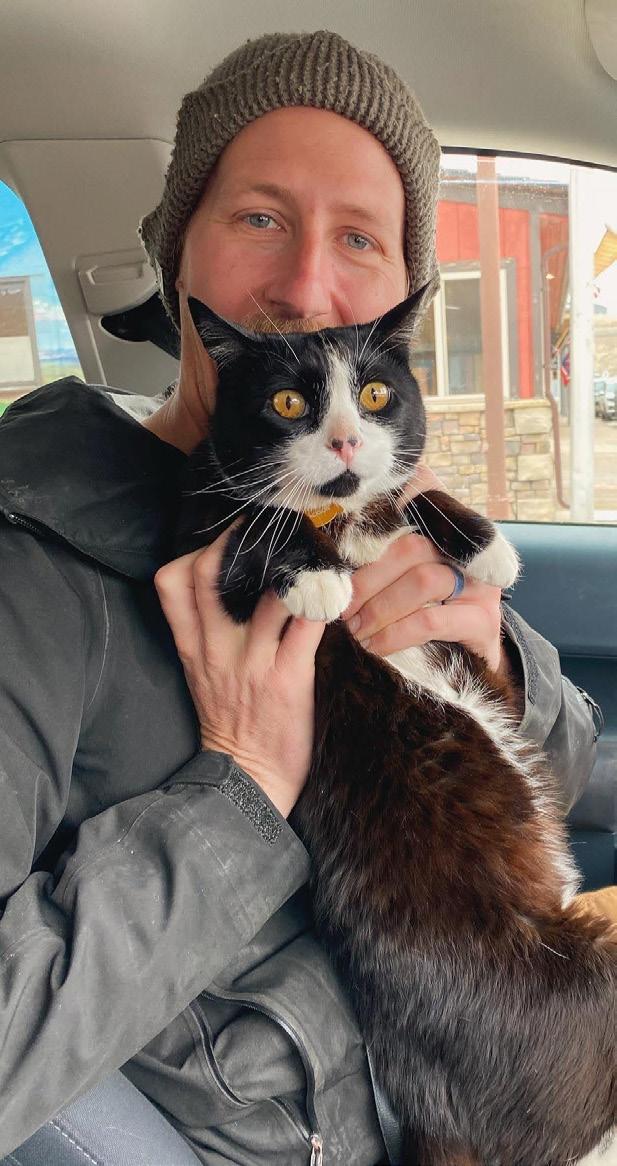

6.


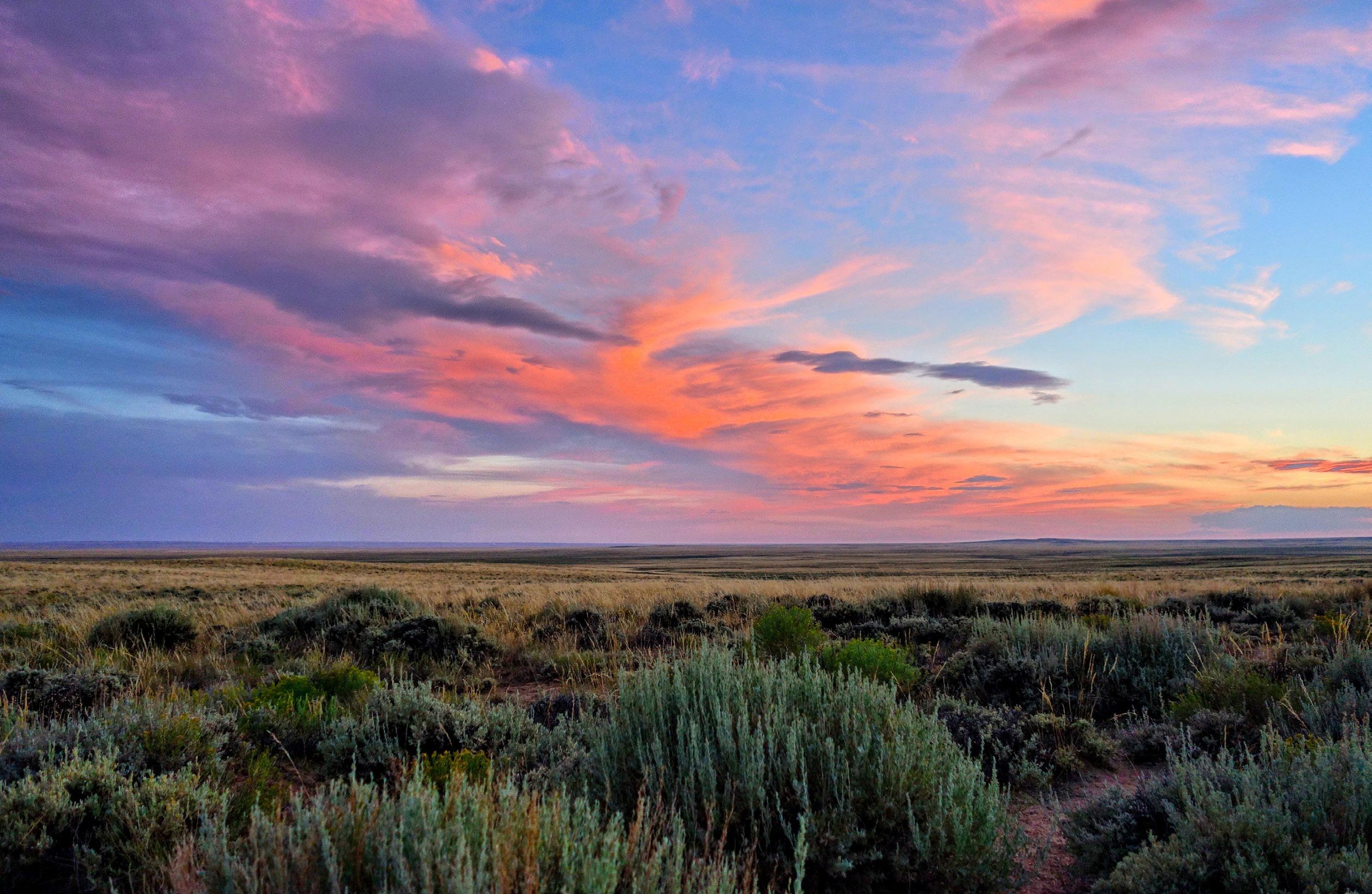
On a beautiful, warm morning in early June, a group of friends joined me in hiking part of the Continental Divide Trail (CDT) beginning on the north side of Rogers Pass along Highway 200 in Montana. We were in search of chocolate lilies and beautiful views, yet we could have walked all the way to Canada. This simple outing reminded me that our day hike was a mere sampling of the monumental CDT, the longest route of the “Triple Crown,” and how fortunate we are in Montana and Wyoming to hold more than a third of the entire trail.
Stretching from Silver City, New Mexico to either Goat Haunt Ranger Station at the southern end of Waterton Lake, or the Chief Mountain border crossing, the CDT extends 3,100 miles and ranges from 4,200 feet in elevation at Goat Haunt to 14,270 feet at Gray’s Peak in Colorado.
With 550 miles cutting through Wyoming and approximately 800 miles in Montana (plus an additional 180 miles dipping into Idaho along Montana’s western border), hikers experience high desert terrain, deep valleys, towering peaks, the largest thermal area in the world, and, of course, plenty of wildflowers.
Traveling the CDT through this section is a unique experience in and of itself because Wyoming has the most diverse landscape of the five states it reaches.
“One could break up the trail in Wyoming in three parts,” explains Danny Knoll, a board member of the Continental Divide Trail Coalition who has hiked the trail. “It’s nice to have a different landscape every few weeks. It was one of my favorite states. There is
a lot of history and indigenous history.”
“At the Colorado border it exits the forest,” he notes. The first small towns along the CDT in Wyoming are Encampment and Riverside. They are situated near the Medicine Bow National Forest at the base of the Sierra Madre Mountains. Encampment grew from the 1838 fur trading post dubbed the “Grand Encampment,” yet it was copper that eventually put the towns on the map.
One unusual aspect of the trail in Wyoming is it goes from forest to desert in seemingly one stride. “It becomes treeless,” says Danny, as the trail leads to the Great Divide Basin, named as such because it resides within a split of the Continental Divide; water does not leave the area, but soaks into the parched earth.
Encompassing roughly 3,900 square miles and sitting at an elevation of 6,500 feet, this is harsh country where a mere 10 inches of rainfall reaches the ground throughout the year. This section of the trail goes on for 120 miles and is a challenging leg of the journey due to the lack of water. Hikers need to carry more than usual, as water sources are few and far between, and experts recommend that those traversing this section fill up at every water source.
Rawlins is located along the southeastern edge of the Great Divide Basin, and is a good place to take a zero (or a rest day, as it’s known to hikers) and resupply. The Great Divide Basin is mostly road walking, which could be good for overused knees on the dramatic climbs in the Colorado section, but can be physically and mentally difficult because of the extreme exposure. You can

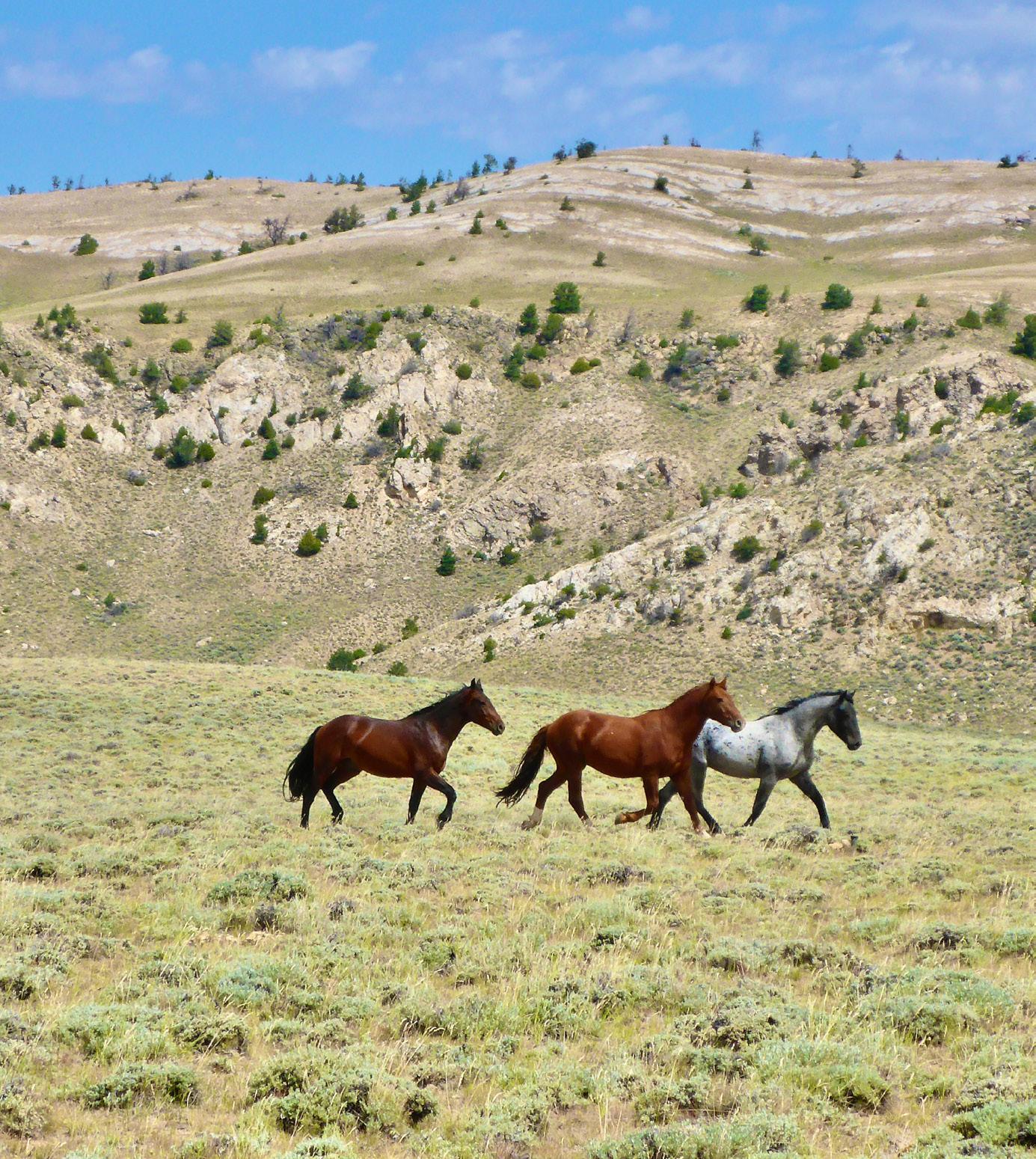

hike for tens of miles without seeing a tree, and during the heat of the day, the higher elevation and inability to sit, even for a moment, in the shade is difficult.
Just as suddenly as the desert opens to hikers along the Wyoming section, it becomes a beautiful forest once again. "From there you get into the Wind River Range,” says Danny. “There are sheer walls of granite cliffs and pristine alpine lakes. It's a stark contrast from the Great Divide Basin.”
The Wind River Range is a favorite among many
because of its dramatic landscape, holding seven of the ten largest glaciers in the Lower 48. It’s also important to note that anywhere north of the Great Divide Basin grizzlies are also part of the experience, requiring a heightened awareness in this section.
Towards the central region of Wyoming, South Pass City is a popular stop. “There is a lot of historical significance in the area,” says Danny. “It’s where the Oregon and the Mormon Trail passed through.”
Once a thriving gold mining town, there are 17 restored buildings remaining to tell future generations their tale of the rugged life in the Old West. Nearby, Lander is a gateway community (in conjunction with South Pass City) with the necessary amenities to recharge and resupply.
Pinedale is also situated within the Wind River Range and has a long history beginning with the fur trade and eventually progressing to cattle ranching. It’s noted that this area has more wildlife than people, so don’t be surprised to see moose in town or antelope along the trail.
“The Wind River Range is kind of a jaw dropping, dramatic landscape. It may catch people off guard,” says Danny.
"The last section of Wyoming is through Yellowstone National Park. It goes through the southwest corner of the park,” he notes. “You go through Old Faithful and some of the thermal basins. At times you're walking on the boardwalk.”
L. Fisher, the Director of Trail Programs for the Continental Divide Trail Coalition says, “The CDTC is continuing to work with Yellowstone National Park to increase interpretation, signage,
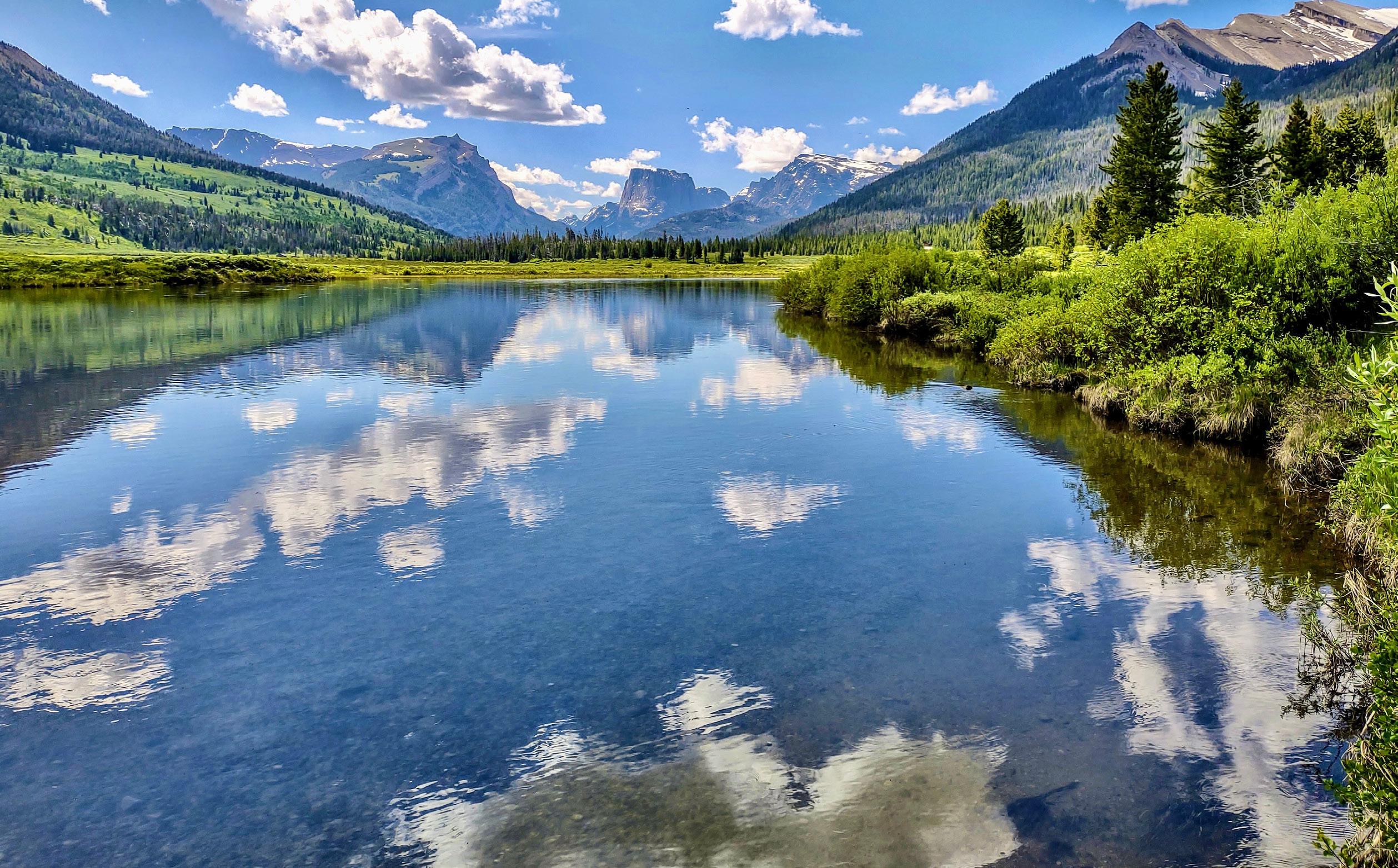
and awareness of the CDT through the park – it passes right by Old Faithful and you'd never know!” The CDTC also hosts annual volunteer projects in the park during the late summer each year.
“The trail exits Wyoming on the western border where Montana, Wyoming, and Idaho come together,” says Danny.
Spanning approximately 180 miles in Idaho, the trail returns to Montana and continues through the Deer Lodge National Forest towards Anaconda and Butte, then east of Deer Lodge until it heads north. From MacDonald Pass, it is approximately 73 miles to reach Rogers Pass where there is a lovely, newer parking area and vault toilet.
To continue on the section we ventured upon, hikers walk across the road and up the handful of steps along the bank to continue this next section that travels across the Scapegoat Wilderness to Benchmark, which is one of the busiest access points to the Bob Marshall Wilderness. Through “The Bob,” hikers walk along the iconic Chinese Wall, a 1000-foot high limestone escarpment that stretches 12 miles long, eventually reaching Maria’s Pass along Highway 2.
The final section within Montana is the trek across Glacier National Park heading




to East Glacier. This section follows the historic horseback route where travelers disembarked from the train at Middle (what is now East Glacier) and rode to Scenic Point before dropping into the Two Medicine Valley. Next, travelers will arrive at St. Mary before climbing Piegan Pass to go to Many Glacier, then trek over Swiftcurrent Pass to head towards the Belly River area. With Chief Mountain in their sight, hikers can opt to continue towards the Chief Mountain Border crossing or diverge to Goat Haunt, which requires either hiking the 12 miles along Waterton Lake or catching a boat ride to the town of Waterton, Alberta. Either way, it’s an epic ending.
The Continental Divide Trail as a whole, or even hiked in sections throughout Montana,
Idaho, and Wyoming, is not one for the faint of heart; yet the rewards for this valiant effort are priceless, with scenery that can never adequately be captured in a photo – along with miles upon miles of wildflowers.

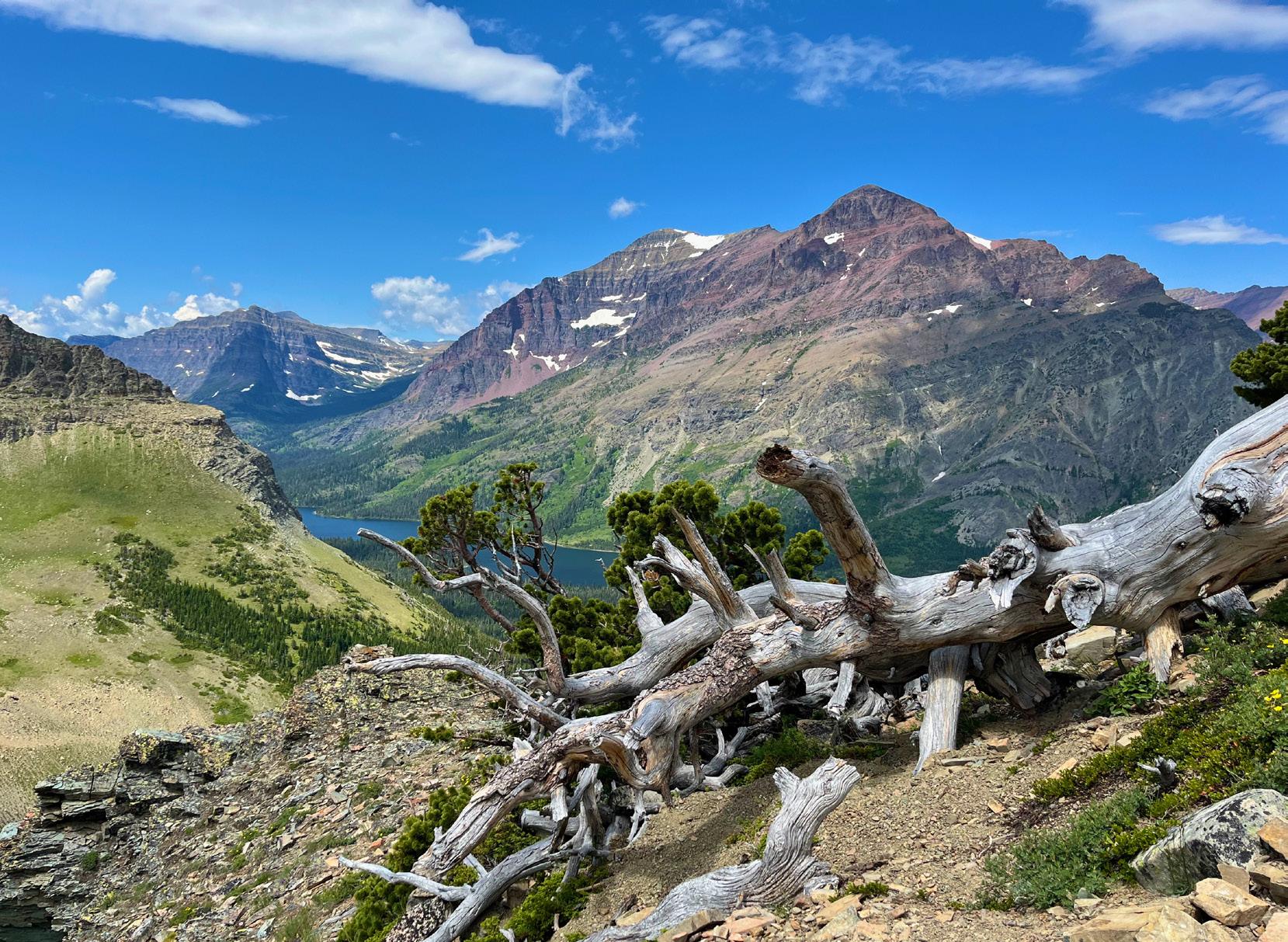

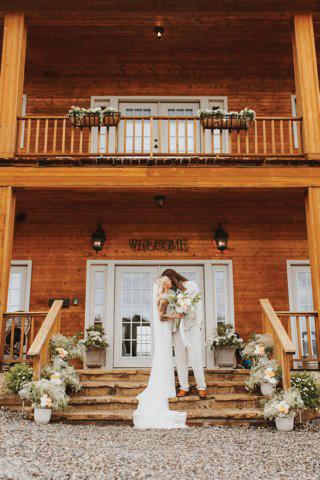

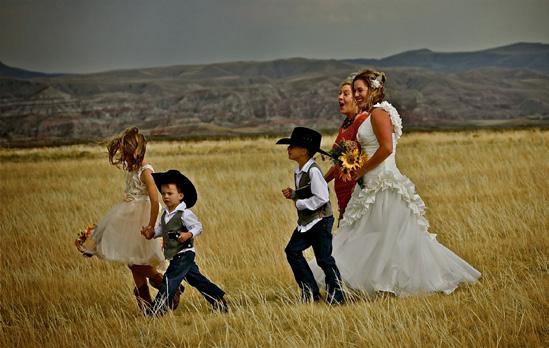




Well everyone, we have officially reached the season of backyard barbecues, good company, cold beer, and sweltering heat. So, naturally, this issue felt like it needed a classic, backyard shindig of grilling massive hunks of meat. However, as some of you may have caught on by now, I’m not going to sit here and tell a bunch of folks from Wyoming how to grill beef. That’s like telling Josh Allen how to throw a football – just plain silly. So there will be no hamburger recipes, no ribeye recipes, none of that. We are going to discuss one of the Rocky Mountain region’s true gems: lamb.
The second weekend of June, we had the pleasure of cooking a couple of lamb legs with some great Lander folks. When we first began brainstorming this lamb cookout, our friends Ben and Jesse not only offered to host, but also to provide the lamb for us. Since they had two legs, we opted to prepare one the traditional Australian way and one with a fun twist for the magazine. As it usually happens in Lander, when you invite friends over for dinner, triple the amount of people will likely turn up. The sense of community in this town is one of our favorite things about Lander. People show up. People provide for each other. It’s a special part of summer for us and we wouldn’t trade it for the world.
I felt fortunate to have a few Australians embark on this culinary journey with me since lamb is such a common dish over there. Their friends, Troy and Sherry, were visiting from Norfolk (a small island off the coast of Australia) and one happened to be a chef for 30+ years. Needless to say, I was a little terrified to cook for someone that is established in the food world. That’s the fun part though, dream an idea and send it!

I wanted to make a recipe that felt appropriate for our region during this time of year. How many times do you harvest all that rhubarb sitting in your backyard and get tired of making the same strawberry rhubarb pie? Don’t get me wrong, strawberry rhubarb is fierce! But, sometimes, just sometimes, it feels good to mix it up. I’m sure all of you have had apple butter, yeah? Well, I wanted to put a twist on that and make a rhubarb butter. However, the beauty of cooking is when the rhubarb butter comes out looser than intended, which is what happened to me, you shift gears and label it as a gastrique! To put simply, a gastrique is a sweet-and-sour sauce, made with sugar and vinegar or another sour agent. For this I used lemon juice to keep it light so the rhubarb could really shine. I promise it’ll be wonderful on that lamb.
For one of the lamb legs, the Australians said the common way to serve it over in their neck of the woods is to poke it full of garlic, rosemary, and salt, and it was absolutely incredible. They served it with a “Norfolk” sauce which consisted of coconut cream and bananas to celebrate Bounty Day (the day their ancestors arrived on the Island). It was beyond words.
However, for the other leg of lamb, I wanted to create a flavor profile that was a little spicy and sweet; something a little weird and untraditional. So tie on those punny aprons and light up that charcoal because we are going to make some food that will make your friends think you’re a fierce chef without having to try too hard!
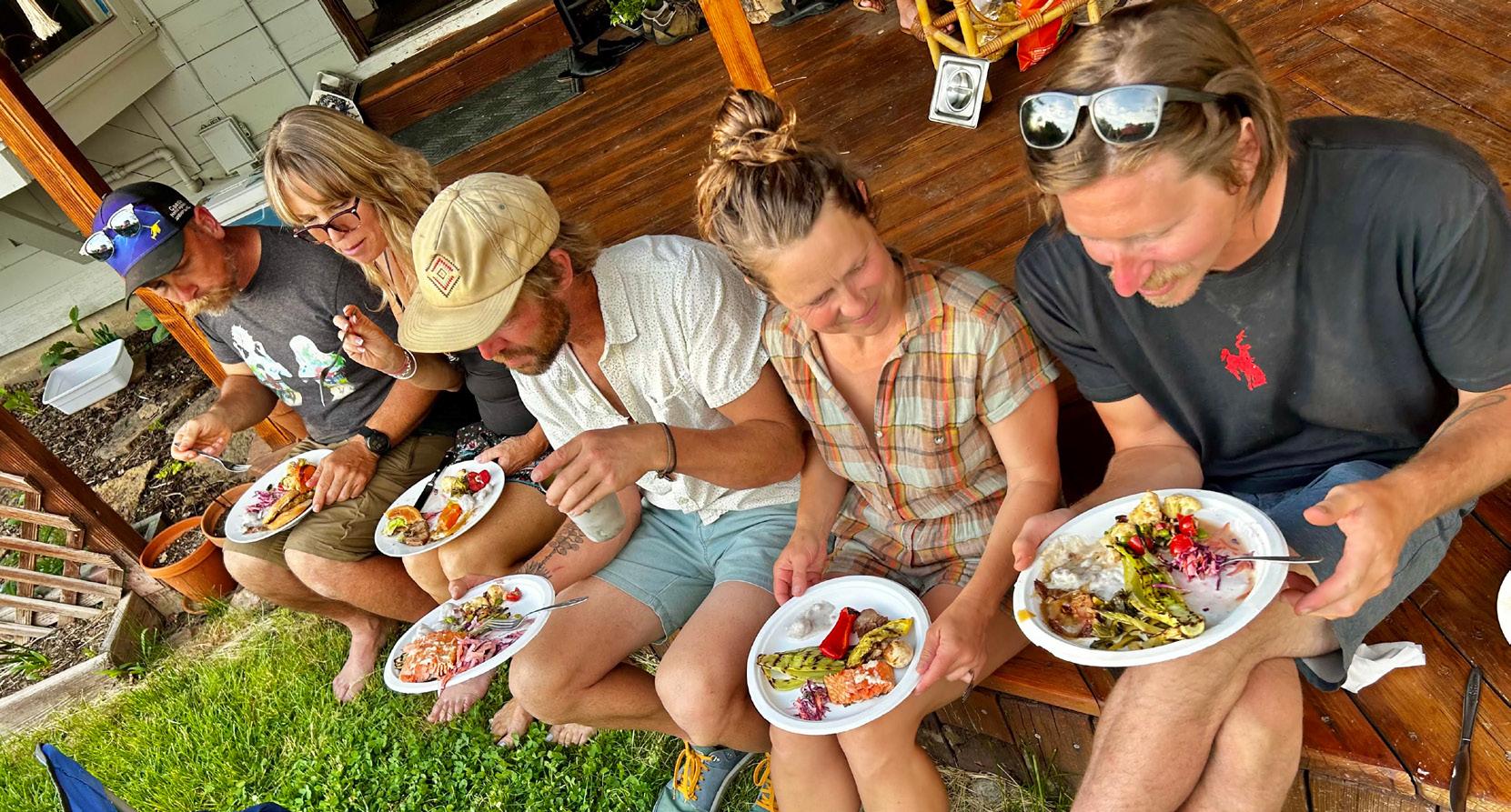
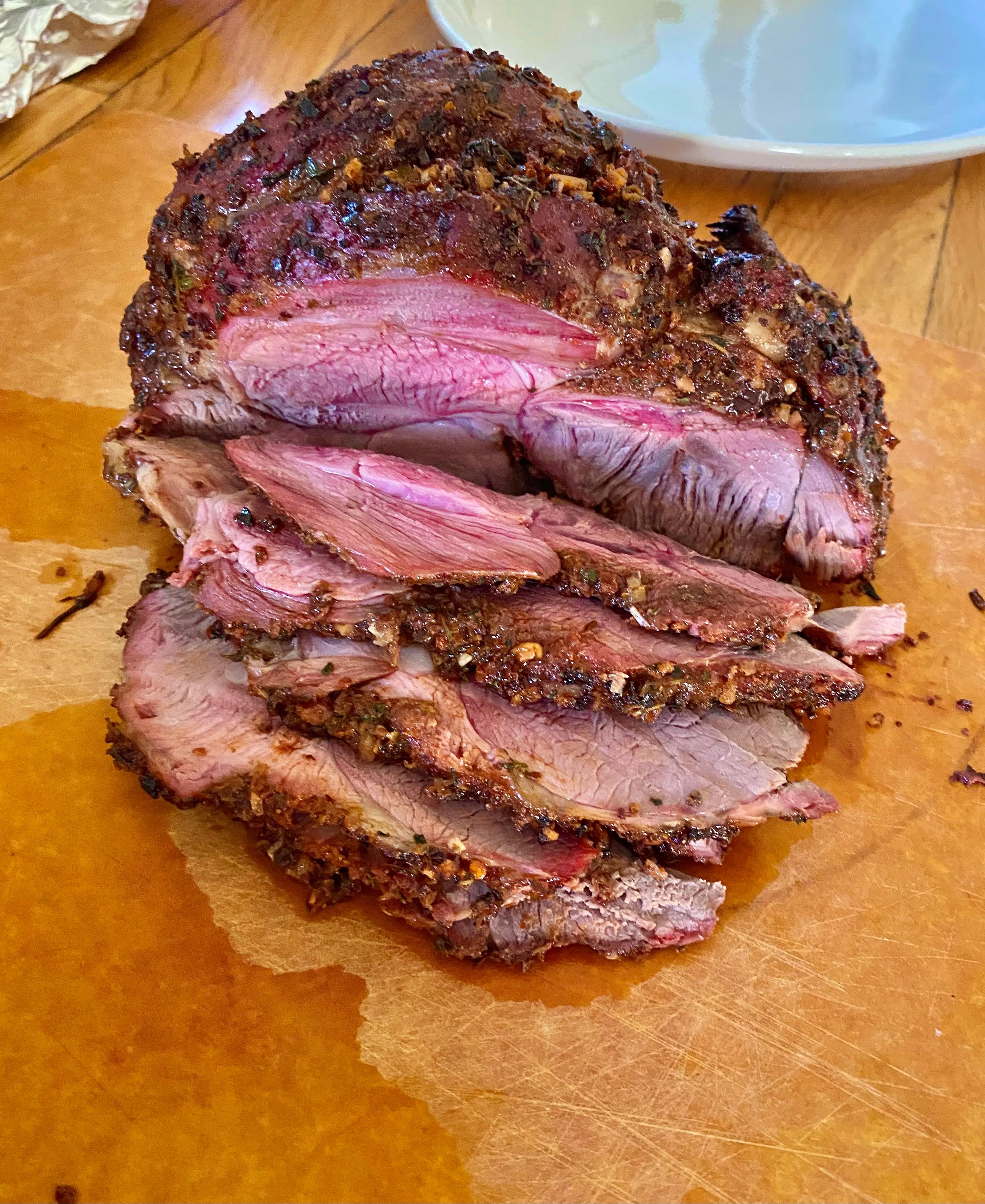
Harissa Crusted Lamb with Rhubarb Gastrique Harissa Crusted Lamb with Rhubarb Gastrique
Protein:
Leg of lamb (bone in)
1 to 2 tbsp Harissa seasoning (depending on your heat tolerance)
1 lemon (zest)
1 tbsp fresh thyme
Salt to taste (lamb can handle salt, but not to the extent of beef)
1 tbsp chopped garlic
Pepper to taste
2 lbs diced rhubarb
1/2 cup water
2 cups sugar
1/4 tsp cinnamon
1 lemon (zest and juice)

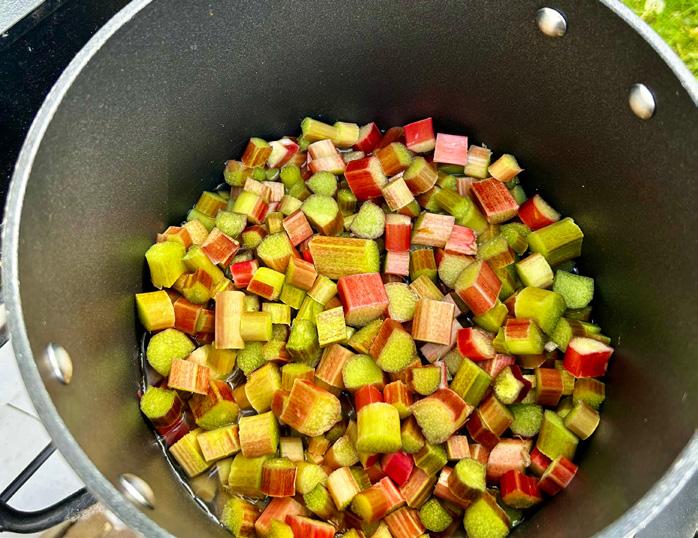
2. Once the rhubarb is soft, add in the cinnamon, sugar, lemon zest, and juice. Scrape the bottom of the pan as the acid hits to pull the glorious goodies off the bottom. Keep the same medium low heat and stir a little more frequently. You want that sauce to thicken up to your liking. Ideally, this will simmer for about two hours.

1. In a large saucepan, toss in all of the diced rhubarb and water. Let that simmer over medium low heat, covered, until the rhubarb is very tender. Stir occasionally to make sure it doesn’t stick to the pan.
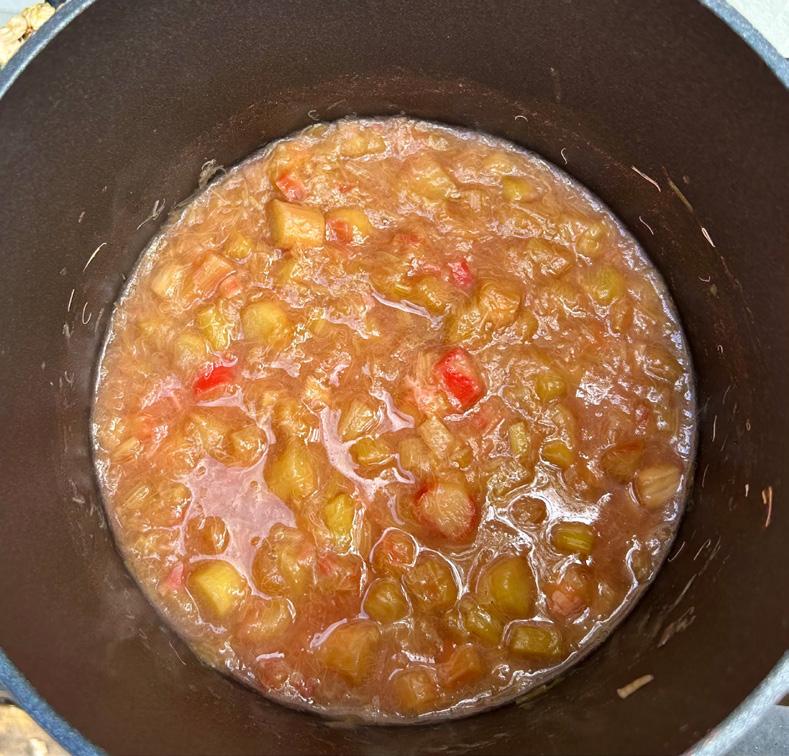
3. Once the thickness of
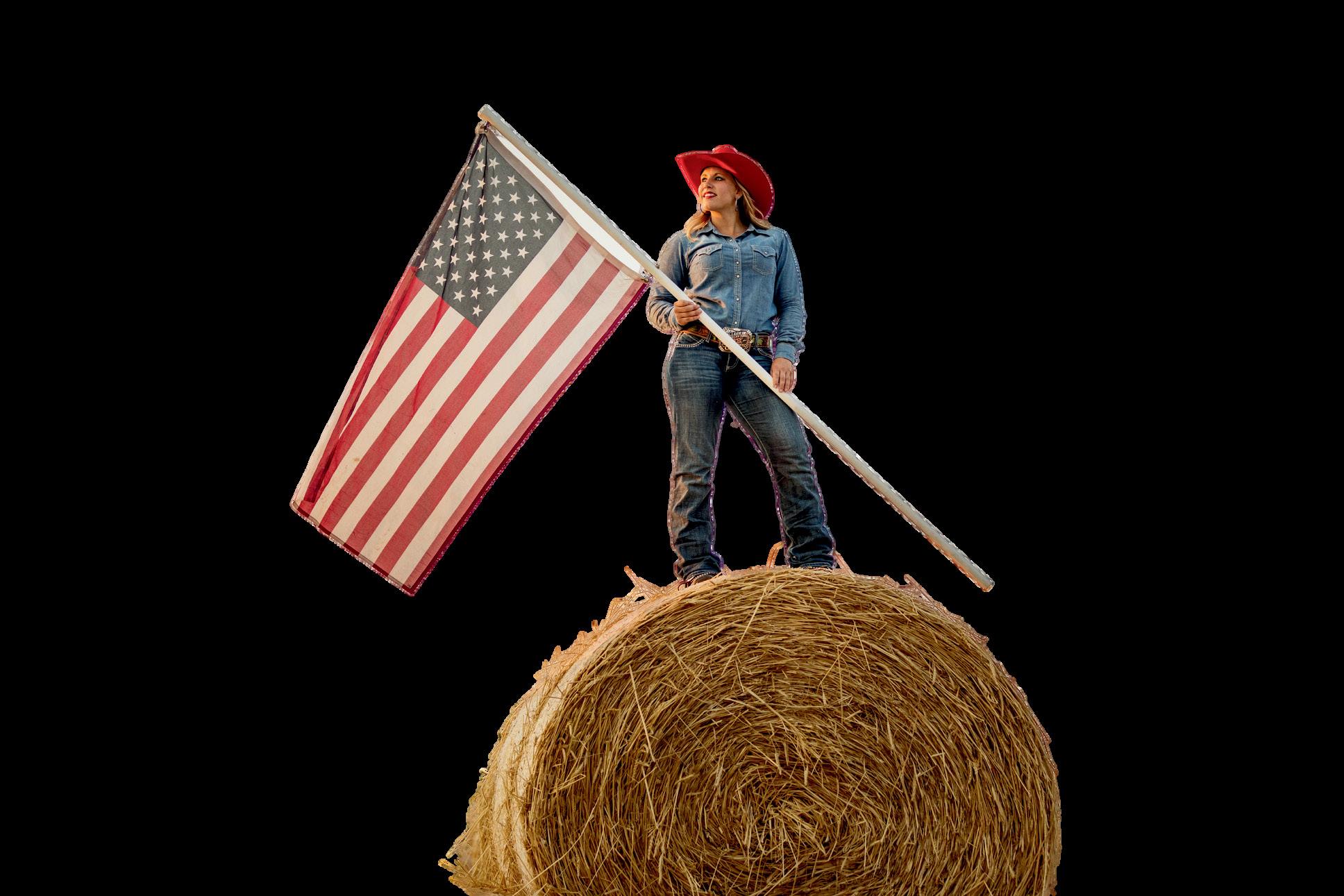
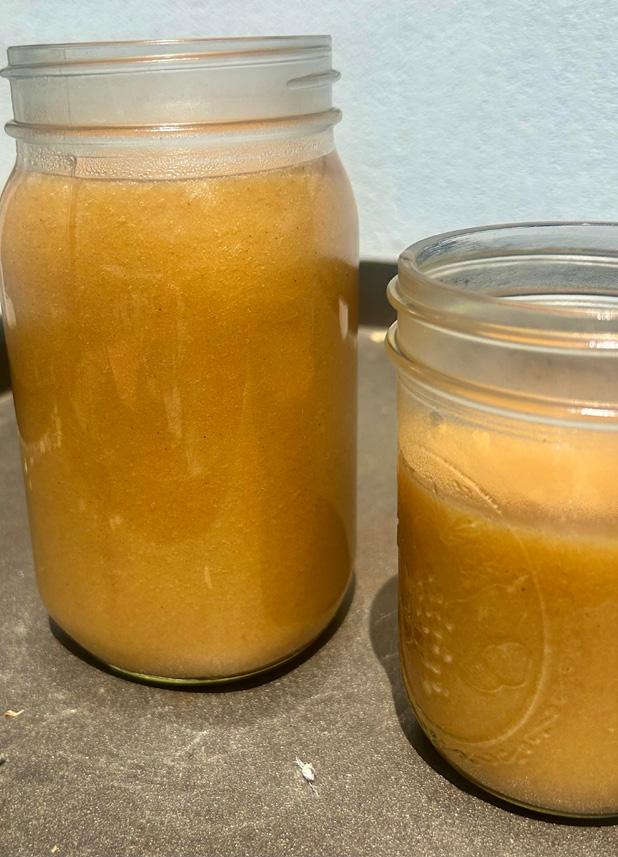
Transfer the sauce to sterile mason jars, and you will be able to store this for a

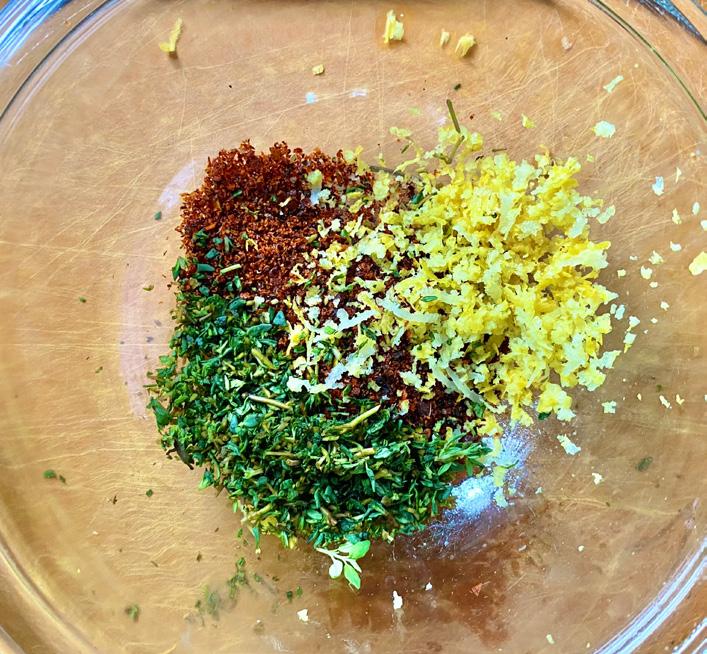
2. Mix all of your dry rub ingredients in a bowl and start massaging that lamb with the spices like the deep tissue most of us need. I recommend doing this about an hour prior to slapping that baby on the grill. Allow the meat time to absorb all that goodness.
1. The first thing to do is to trim off any excess fat from the lamb leg. (It won’t render down like beef fat and may cause your grill to be a fiery mess.) Take the trimmed lamb and make three slices across the leg about an inch or so deep. This is going to allow all of those delicious spices to seep down into the meat.


3. Next, fire up that chimney full of charcoal and get those coals roaring.
4.
When you are ready to go, there isn’t too much to it; let the meat cook until the internal temperature reaches 140 degrees. Our grill was set at about 350 to 375 degrees. (Take the external temperature into account – specifically, the sun. It’s hot these days and let's face it, most of us have black grills).
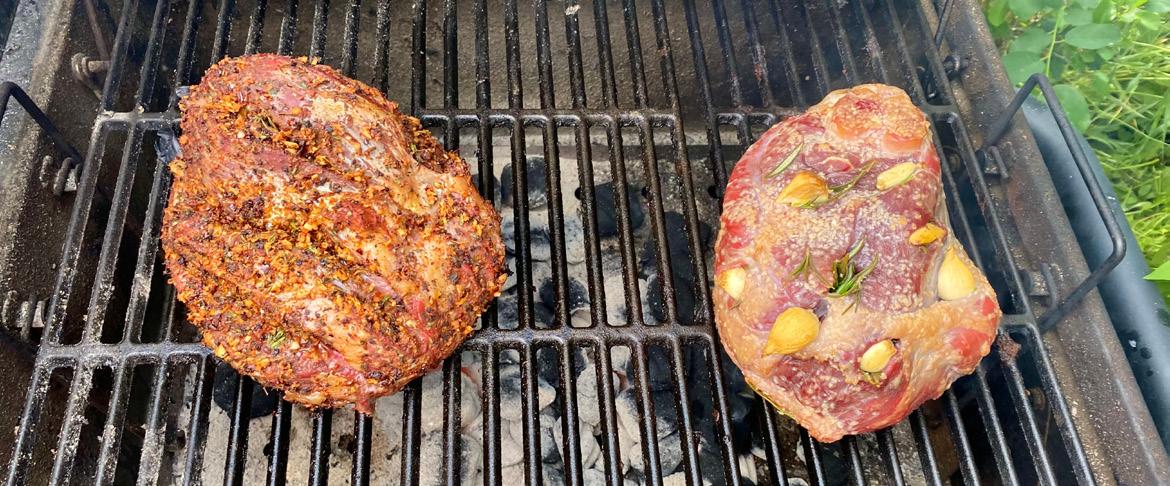
5.
Once you reach 140 degrees, pull that glorious, intoxicating lamb off the grill and let ‘er rest. It’s important to get all of those juices flowing back into the leg so the meat stays tender instead of becoming a big hockey puck! I know you want to dive in, but please, that little lamb just worked hard on the grill and deserves some rest time.
6.
Once you have let the lamb rest, slice that baby up, drizzle some rhubarb sauce all over it and serve with your favorite sides. Crack open an ice cold beverage (you deserve it!!), and when asked, tell everyone you just whipped up this recipe on a whim!
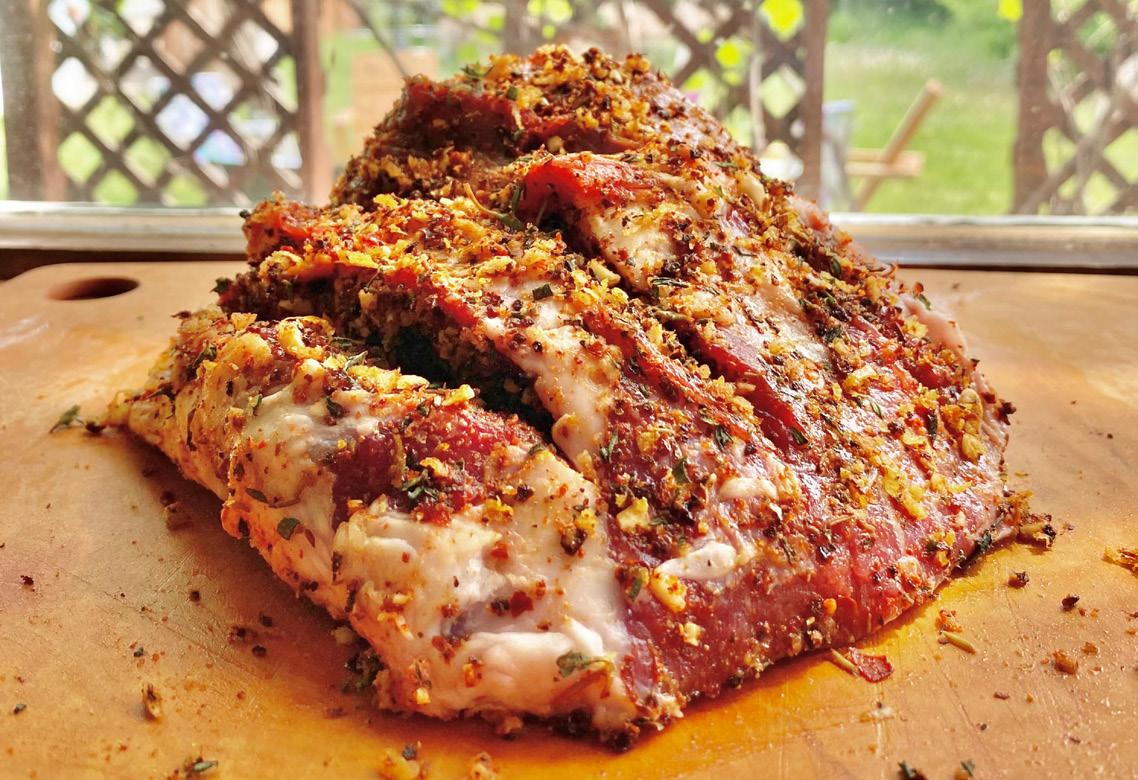






The 4:30 a.m. alarm came too soon, ringing in the dark before the birds were awake. The two hour drive to Casper presented us with quiet roads and a dazzling, pink and orange sunrise. As we pulled into the parking lot of Sloanes General Store outside of Alcova Reservoir, a truck with a drift boat behind it was already there waiting for us.
Shane Williams was tying a new color variation of leech fly as we pulled up next to him. He hopped out of the front seat and greeted us with a sleepy smile. This was Shane’s day off, and he was spending it with two of his friends, waking up at the crack of dawn to take us fishing.
He held up his freshly tied leech fly to show us and grinned, “This thing is going to work.” It certainly did.
Shane grew up in Douglas, Wyoming. He spent nearly every weekend fishing as a kid, and around 2010, he began venturing into

climbing. When he wasn’t out exploring for new potential routes to develop or a boulder to project, he was wetting a line in any stream or river that he could find. For a few years, Shane moved around the state of Wyoming chasing adventures from Lander to Ten Sleep to Casper. By 2016, he was more serious about fishing than ever before. That’s when he decided to go to guide school.
When my mom passed away, I was looking for the next thing to do with my life and was basically fishing all the time. One of my friends suggested going to guide school, and it just made sense.
— SHANE WILLIAMS
“When my mom passed away, I was looking for the next thing to do with my life and was basically fishing all the time,” Shane said. “One of my friends suggested going to guide school, and it just made sense.”
After dropping off the shuttle car and backing the boat into the water, we jumped in and prepared for the day. Shane spent a few minutes getting everything ready –packing the cooler, organizing the boat, and tying flies on our lines. We would’ve helped, but Shane has his system down to a tee.
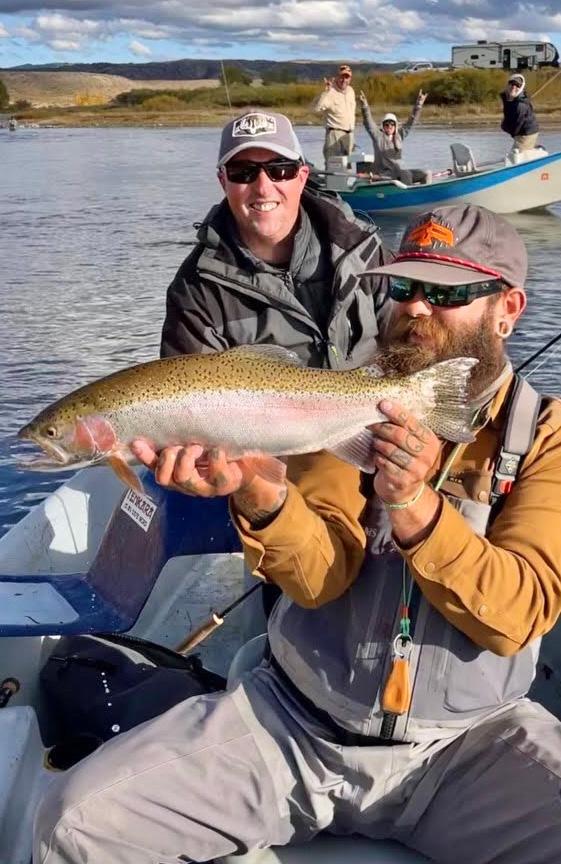
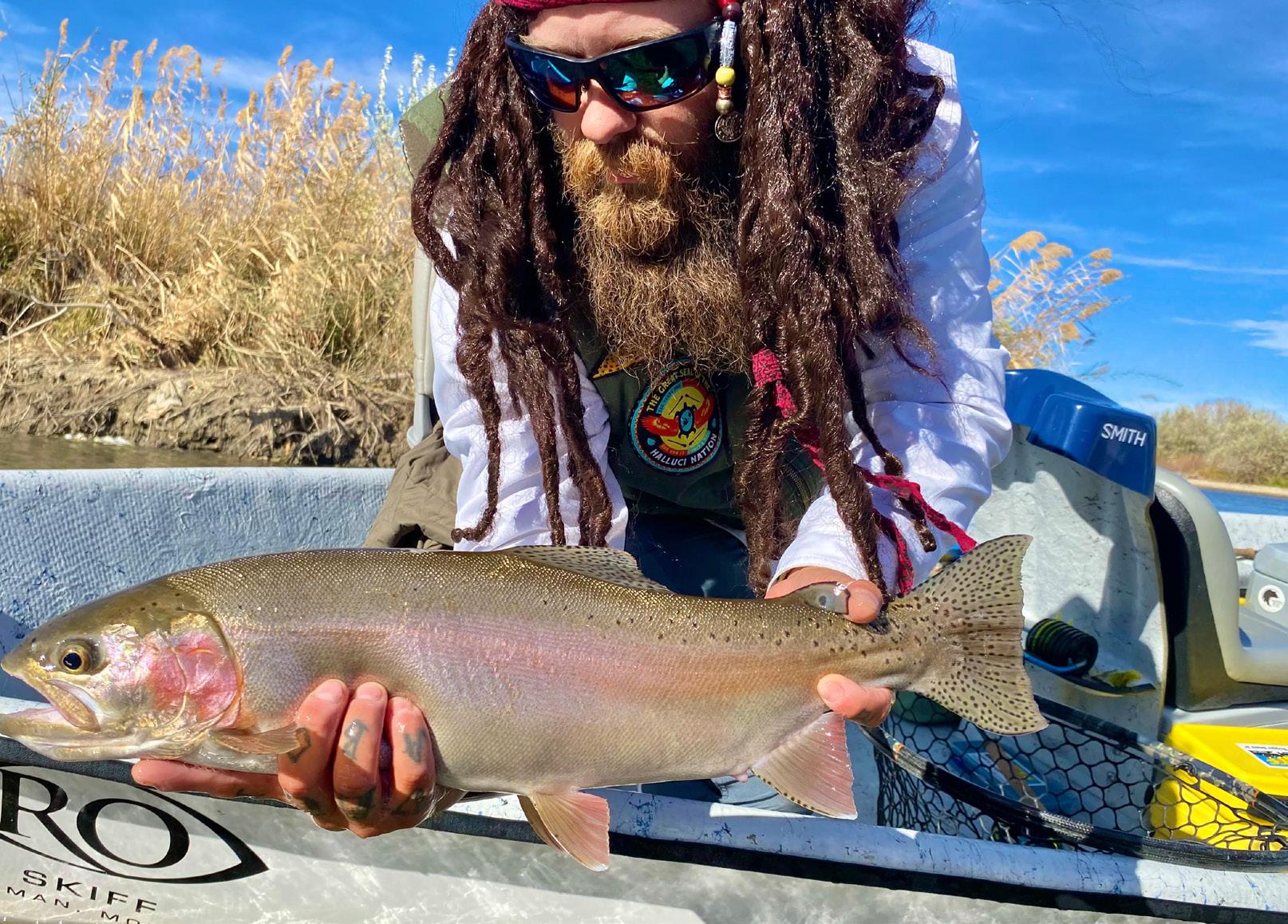
There were a handful of other boats getting on the water at the same time as us, and every single guide in those boats chatted with Shane. It was a relatively busy day for the local guides, and, again, Shane was spending one of his few days off doing the same thing he does every day for two of his friends.
“On an average day, I’m up way too early and out way too late. I’ll tie flies while drinking coffee, head to the shop, load up the rig, untangle shit, pick up lunches, and spend seven to eight hours on the water,” Shane explained. “Afterwards, I’ll drop people off, resupply at the shop, wash out the boat, tie more flies, play with my dog, and go to bed. Then it starts all over again.”
Shane is a guide for Wyoming Fly Fishing, located in Casper. Their guided fly fishing services take people on wade and float trips on both the North Platte and Bighorn Rivers. Wyoming Fly Fishing was the first outfitter in the area, and their special use permits across the state allow their guides access to over 200 miles of floatable water, 40 miles of wade-accessible water, and 34 public and private boat ramps.
While the fly fishing guiding season runs 12 months of the year, the peak of the season is generally from mid-April to mid-November. For the past couple of years, Shane has worked nearly every day during peak season. During those off months, he spends his time working the ski lifts at Antelope Butte Recreation Area in the Bighorn Mountains outside of Shell, Wyoming.
Now we’re not anglers. Both Blaine and I grew up using spinning reels. Blaine was raised on farm pond fishing in Indiana and discovered the art of trolling for Walleye and Northern Pike on the lakes of Minnesota, while I learned to fish with my dad on the Yellowstone River in Montana. We fish as often as we can, but the opportunity only comes once or twice a year for us.
Shane’s expertise combined with his patience makes for a brilliant fly fishing teacher. He’ll tell us exactly where and when to cast, on which side of the boat, and when to mend. He also doesn’t waste any time with hero casting. Whether someone is an experienced angler, somewhat familiar with fishing, or has never held a pole before, Shane can guide them to success. By following his instructions, we landed fish all day long.
“One of the highlights of my job is when

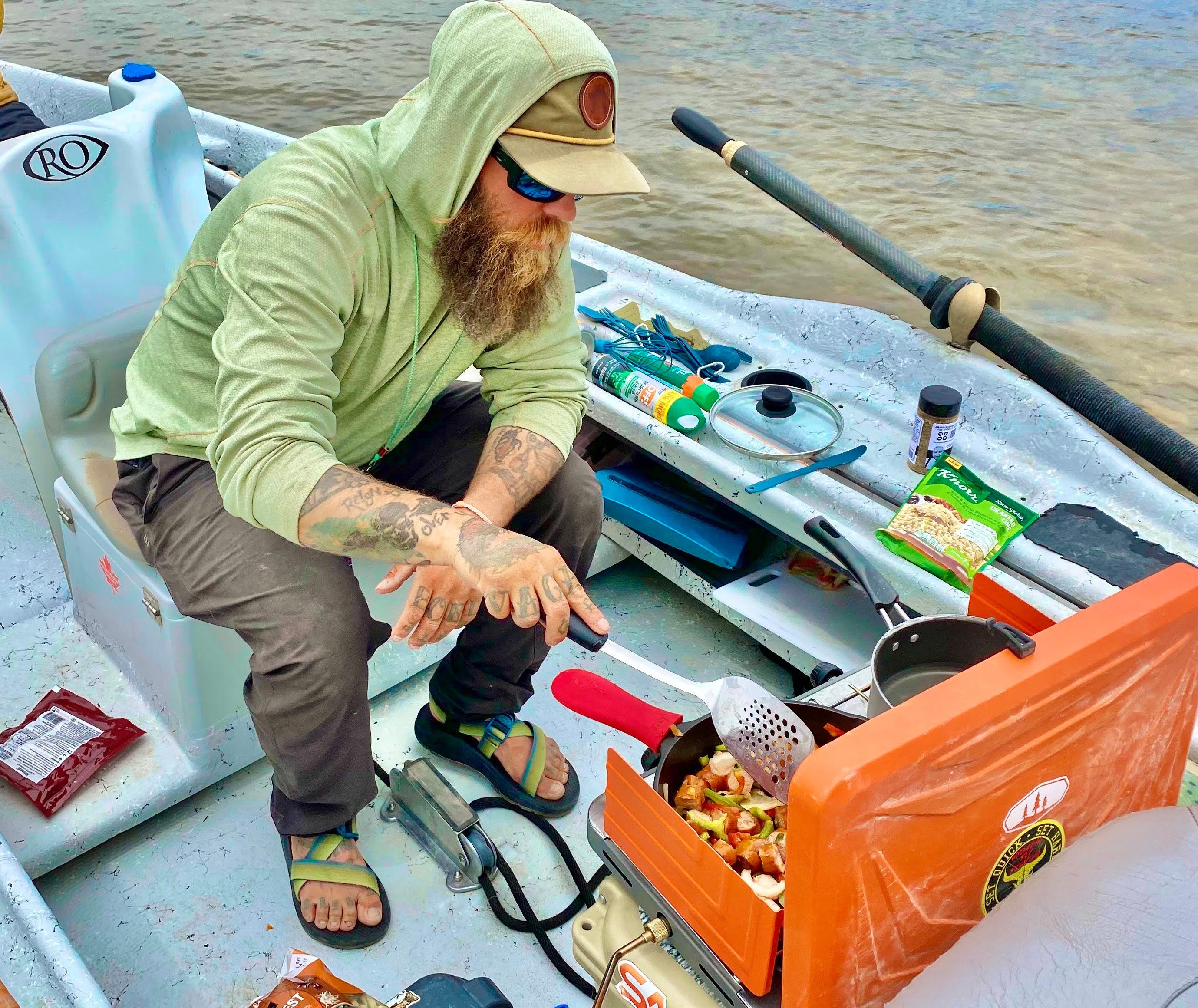
people come out and they’re actually interested in fishing and want to learn. It’s very cool to see,” Shane said.
Blaine caught the first fish of the day – a beautiful, mediumsized rainbow with tons of spots and deep pink coloring. While constantly operating the oars and keeping a close eye on the lines, Shane is quick to jump up and grab the net when someone lands a fish. Every time we went to set the hook, Shane was always one step ahead of us.
“Yep!” he exclaimed as we pulled up on the rod. “Keep that line tight and that rod straight up in the air!”
At one point, both Blaine and I hooked two separate fish at the same time. They were two cutthroat trout, both varying in colors and spots. Shane explained that the difference in these two fish meant that they originally came from different watersheds.
“It’s pretty common for two people to hook a fish at the same time. It’s less common when both fish get in the boat,” he told us proudly as we held our fish side by side.
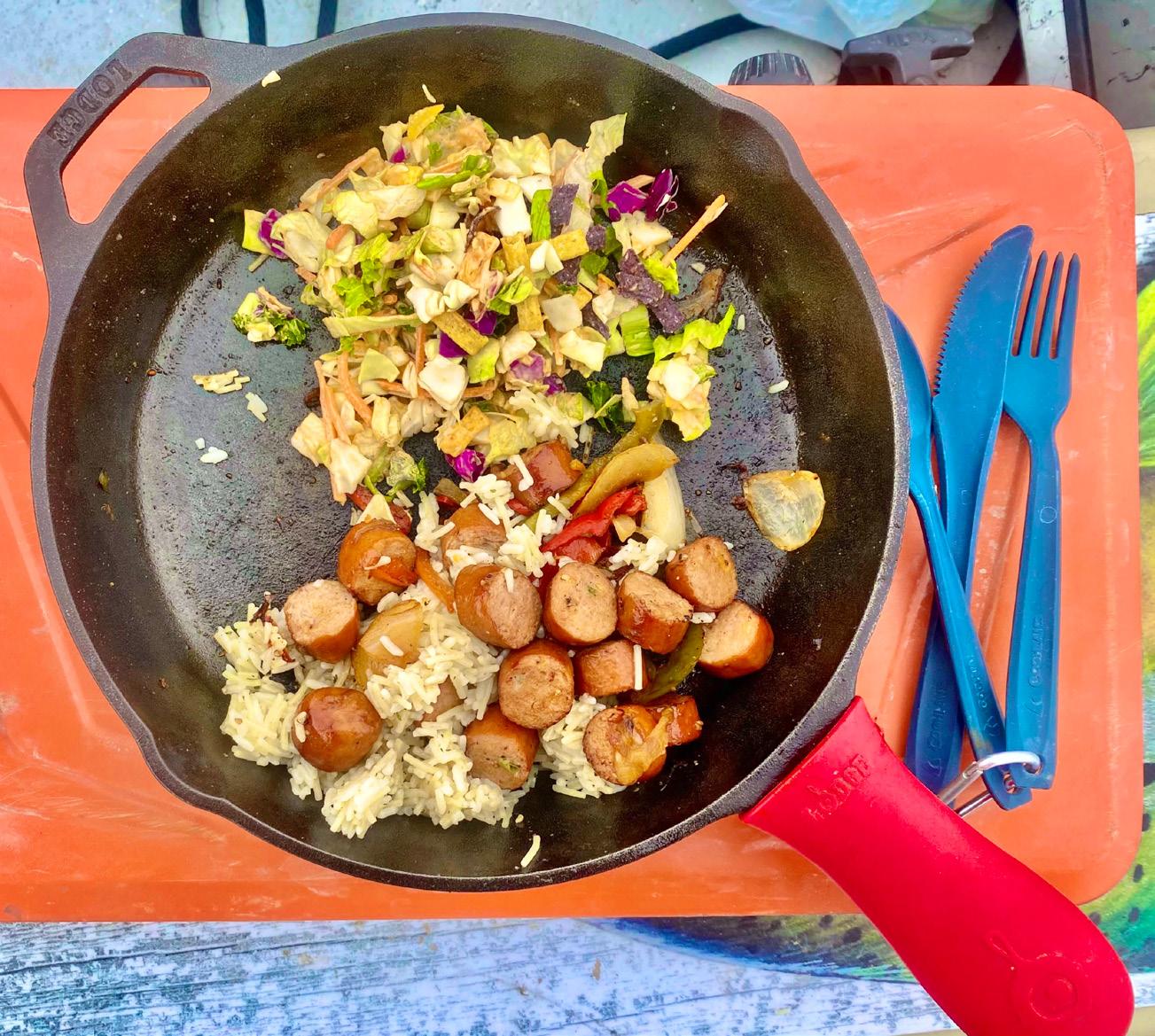


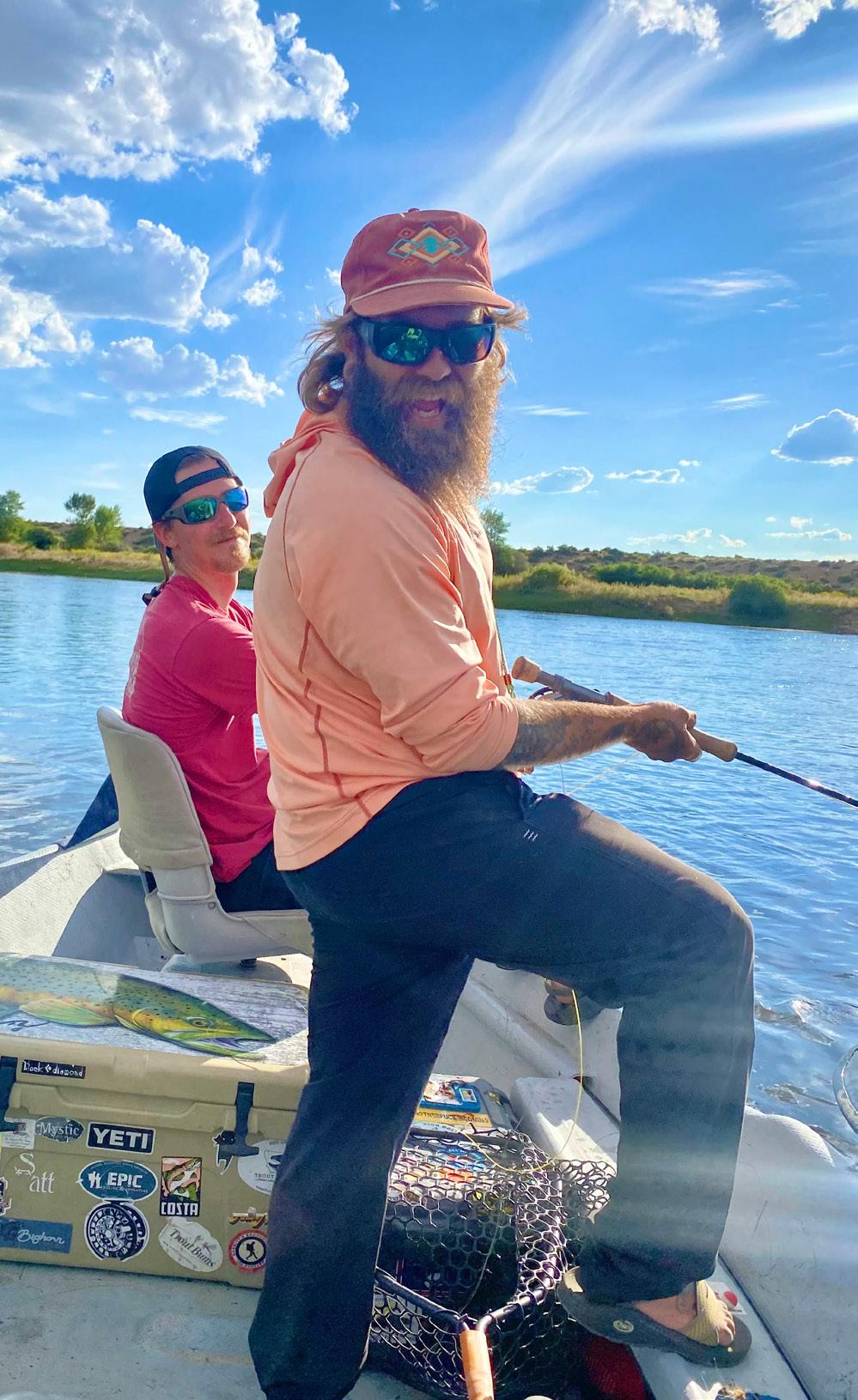


There were a few other boats around when we caught those cutties. From the second we both hooked our fish to the moment we released them, Shane was giggling the whole time.
“Some of the other guides call me the Bearded Bandit because I’m always pulling fish out of people’s pockets,” Shane laughed.
After a few more bends in the river and a few more fish were caught, Shane rowed to the side of the river and dropped anchor. There, he pulled out a camp stove, a few pots and pans, and a bag of groceries. He continued to light the stove and prepare lunch for us. In a matter of minutes, the aroma was intoxicating as sausages, bell peppers, and onions sizzled on the stovetop. Served with cilantro lime rice and a southwestern side salad, our lunch was a deliciously unexpected treat.
The day was perfect so far – partly cloudy in the mid-seventy degree range. Blaine and I have fished with Shane in nearly every weather condition. Whether it be a cloudless hot day, an overcast rainy day, early in the morning or late in the evening, he’s always put us on fish.
Eventually, we stopped taking photos of every fish we caught. Although, at one point, I managed to wrangle in a beautiful footballsized rainbow over 20 inches long. It was on par with one of the biggest trout I’ve ever caught on a fly, all of which, to note, have been with Shane.
“Watching people catch the biggest fish they’ve ever caught is incredible,” Shane grinned. “It’s like watching your buddy send a route that he’s been trying to climb for years. It’s so fun to see how people react. They’ll shake and get rattled over it. The genuine excitement is hard to beat.”
We spent the rest of the afternoon pulling in more fish and catching up with our dear friend. Every now and then he’d tell us to switch sides of the boat or reel in so he could switch out a fly or two for us. We’d observe as somehow he’d maintain control of the boat’s direction while tying a new fly to our lines, “vagabond” tattooed across his fingers. That new color variation of leech fly never left my line, though. It really did work.

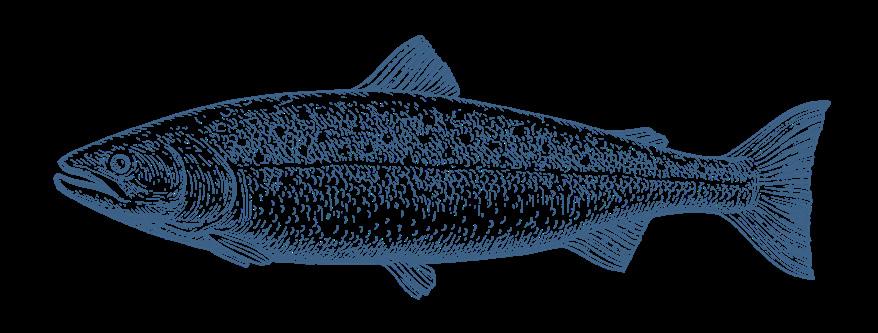
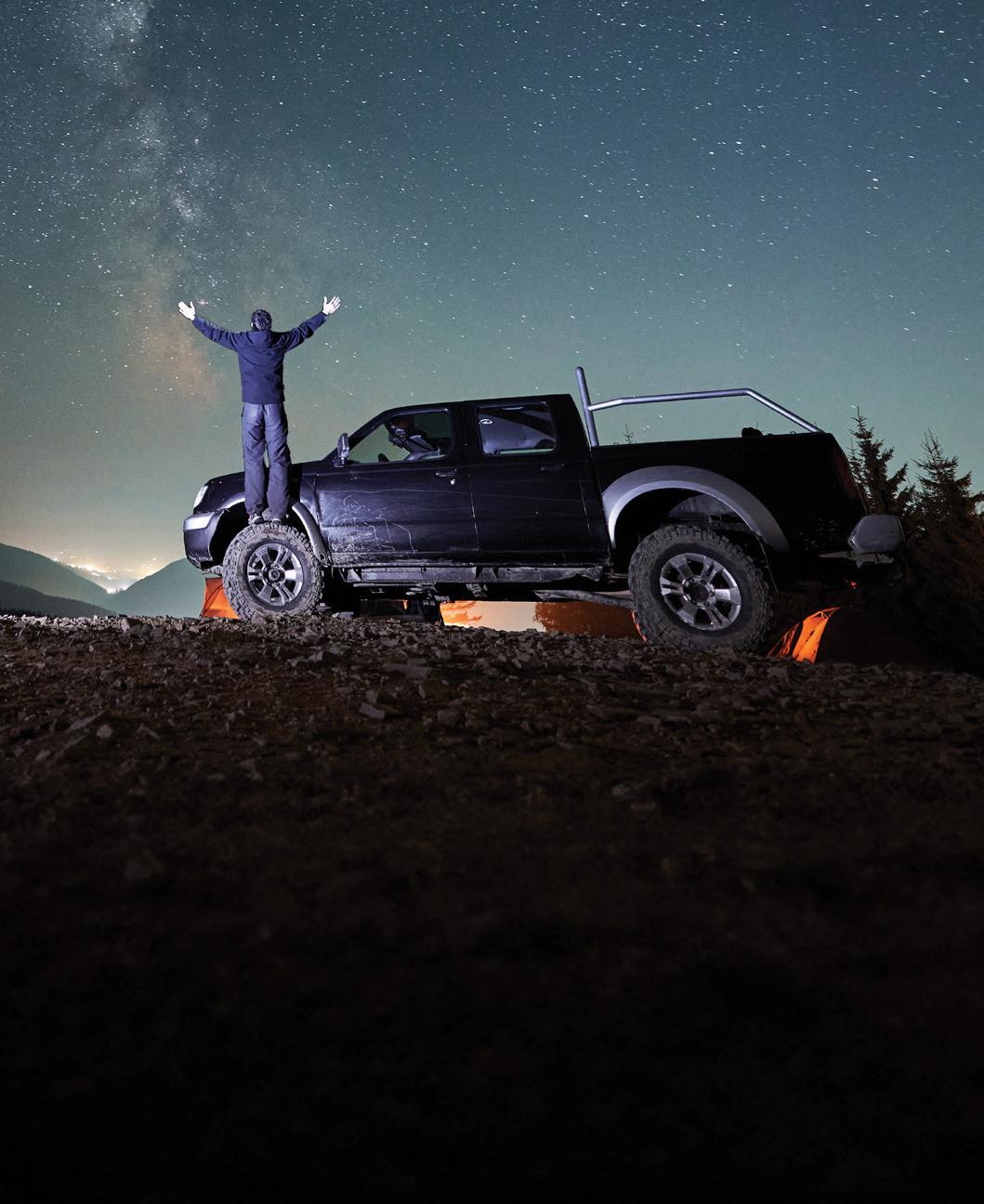
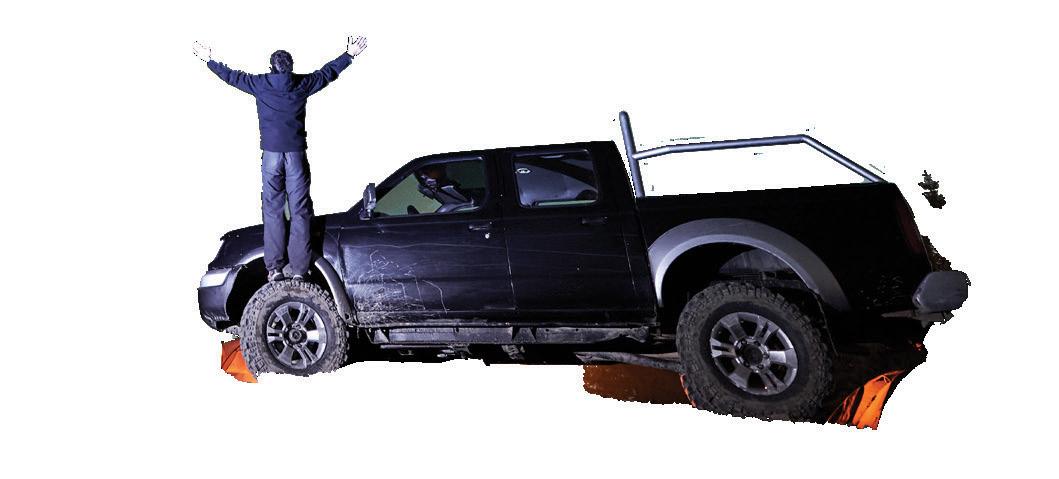

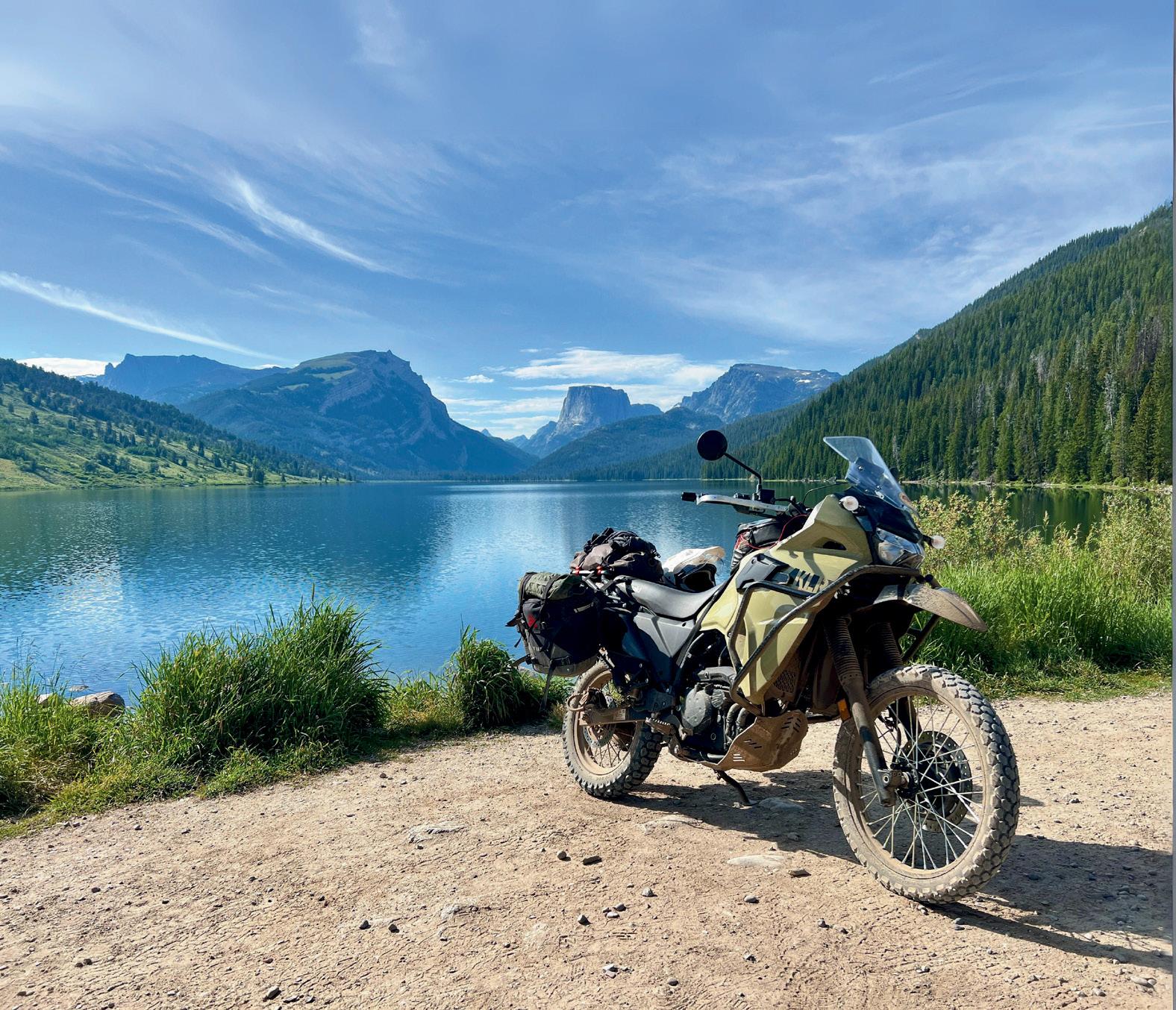
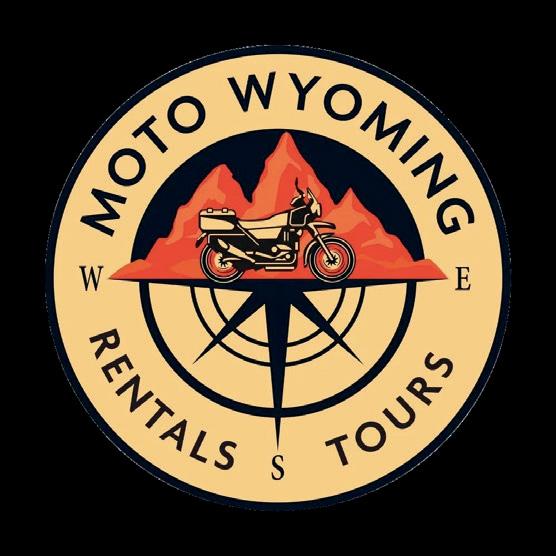

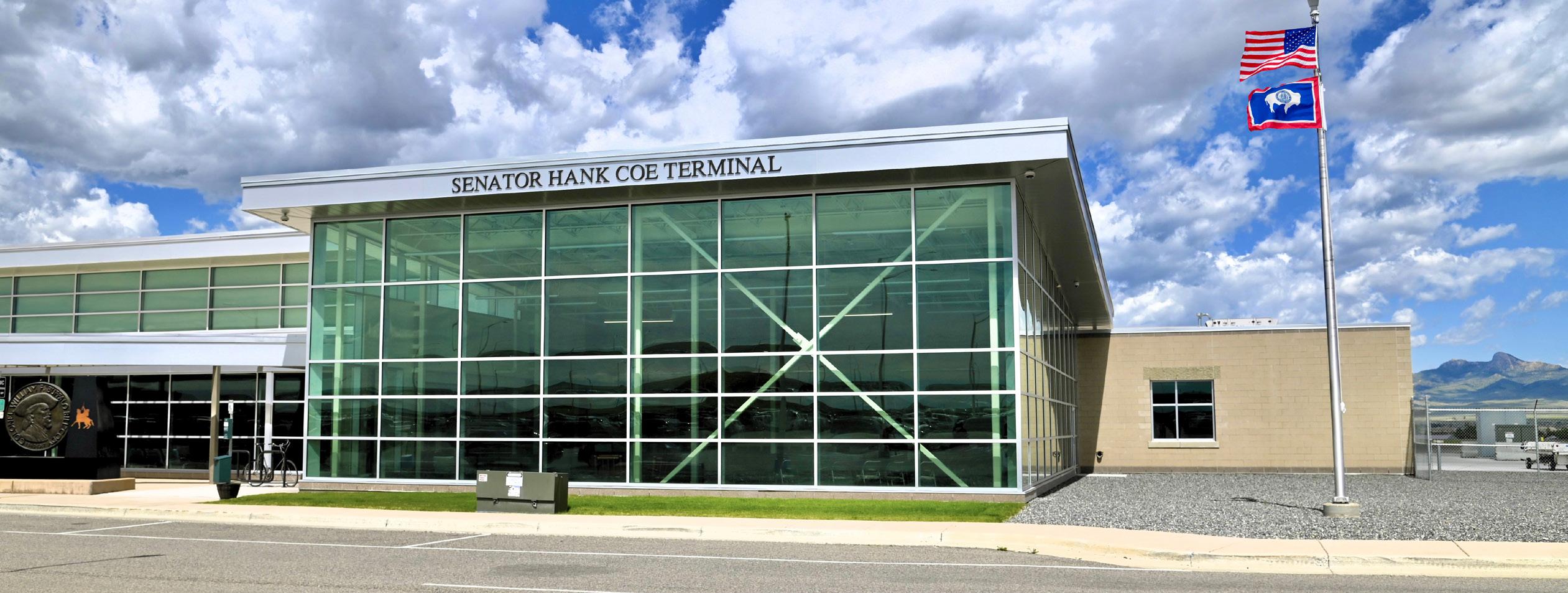

The late Wyoming Senator Hank Coe, who passed away in 2021, was a true pioneer and a relentless advocate when it came to air travel for the state. For over three decades, he fought diligently, taking his ideas to major airlines and the Wyoming Legislature to improve airports and travel service. Senator Coe’s tenacity expanded the development of commercial airline service throughout the state of Wyoming.
In 2020 when Covid Relief Funding was being issued to airports across the country, Yellowstone Regional Airport in Cody received $18 million. This source funding awarded $2 million to the terminal expansion project whose final cost totaled $6 million. The 9000 square foot building addition was officially named the “Senator Hank Coe Terminal” to commemorate Coe’s dedication to commercial air travel promoting Yellowstone Regional Airport, the City of Cody, and the State of Wyoming.
In June, a life-size bronze of Senator Hank Coe was unveiled before a full house of supporters which included dignitaries from across the state who each spoke about their relationship with Senator Coe and his service to elected office.
“Hank set the standard for aviation in rural America,” retired Wyoming Senator Alan Simpson said. “Long before anyone else realized how important air travel would become, Hank saw the importance in connecting rural aviation to global travel.”
“He was giving in all matters of Wyoming,” State Senator Tony Ross added. “He was a man of purpose and the heart and soul of air transportation in Wyoming.”
Expansive windows in the new terminal frame the Wyoming skyline with Cody’s iconic Heart Mountain as the backdrop. The additional seating is both welcoming and comfortable. The design of this common space is dual purpose, servicing the airline passenger traffic, as well as benefiting the local community by providing a spacious location to host multiple venues.
The bronze of the senator, sculpted by Wyoming native artist, Gerald Shippen, was cast at the famed Caleco Foundry in Cody. Just weeks before the dedication, a devastating fire destroyed the foundry and millions of dollars’ worth of art. But in the aftermath of the inferno, amongst the state of ruin remained the bronze of the senator.
“It’s a testament to his life,” Wyoming Governor Mark Gordon said, “like a phoenix rising from the ashes.”
The completion of the master plan for expansion comes just in time for the upcoming tourist season elevating Yellowstone Regional Airport’s service for travelers, airlines, and Northwest Wyoming and bordering Montana municipalities.
Senator Coe’s dedication and vision contributed to this growth, and the naming of the terminal befits the standard that he exemplified.




Yellowstone Regional Airport serves residents and travelers throughout Northwest Wyoming and bordering Montana municipalities
Served by United Airlines, which connects people from WY to 150 international destinations
Closest airport to the East Entrance of Yellowstone National Park
3rd Largest Airport in Wyoming
Enplanements approaching 40,000 passengers per year
$65 million in economic impact to area
Heart Mountain Bar & Grill, Full service restaurant and bar
Constructed an automated car wash facility to service onsite car rental fleets
Improved airside land infrastructure for future hangar development expanding taxi lanes and adding utility lines
Expanded seating area, upgraded TSA screening, luggage and X-ray equipment, added heated garage space for both ground and airline equipment, added both office and common space for future airline growth
Constructed two buildings comprising 22 heated units available to rent
How ultrarunner Gabe Joyes has never known a mile of suffering on the trail
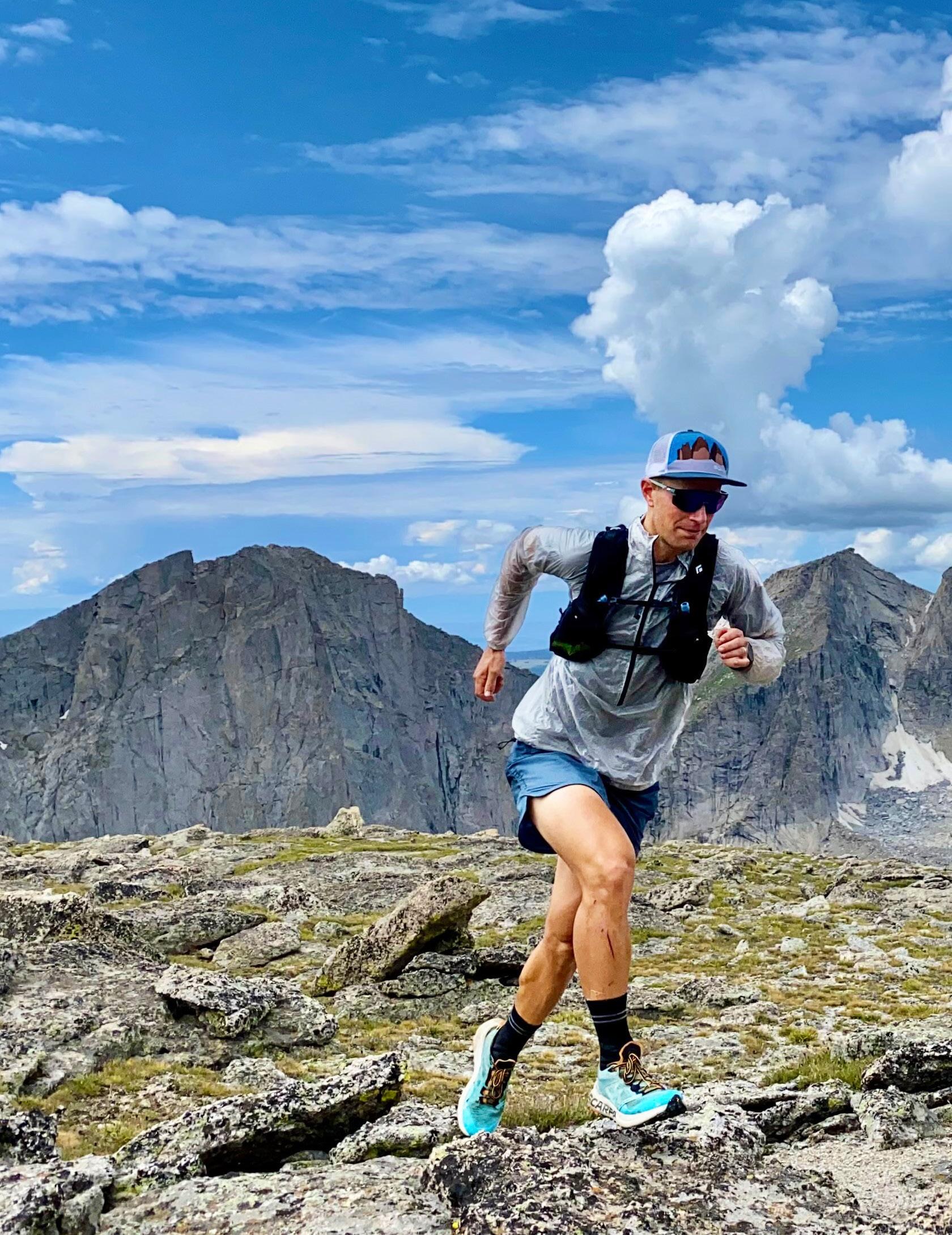
The history books won’t reflect it, but Gabe and Jenny Joyes were confident that they invented trail running. High school sweethearts who went to separate colleges in the Midwest, each summer the couple would travel to Wyoming to work at a summer camp in the Absaroka-Beartooth Wilderness north of Yellowstone.
As counselors, the staff only got small windows of time off from the job, never more than 24 or 48 hours. Initially, they used this time to go on climbing or backpacking adventures, but inevitably they would find themselves running down the trail as fast as possible to make it back in time to start working again.
They dropped the climbing gear and eventually the backpacks and simply went trail running. Gabe shared, “We were pretty sure we were inventing a new sport, to just run as far as you could to see something cool on a short timeline.”
They might not have invented it, but they are pretty darn good at it. Gabe is an internationally known ultramarathon runner and highly competitive at the distances of 50k, 50 miles, and 100 miles. Jenny just completed her second 100-mile race at the Bighorn Trail Run in 2024.
If you’ve never attended an ultramarathon race (which is most people), it’s hard to capture the reality of the human body running these extreme distances. Most people who try usually discuss the bodily fluids present (I assure you, there are many). But the real
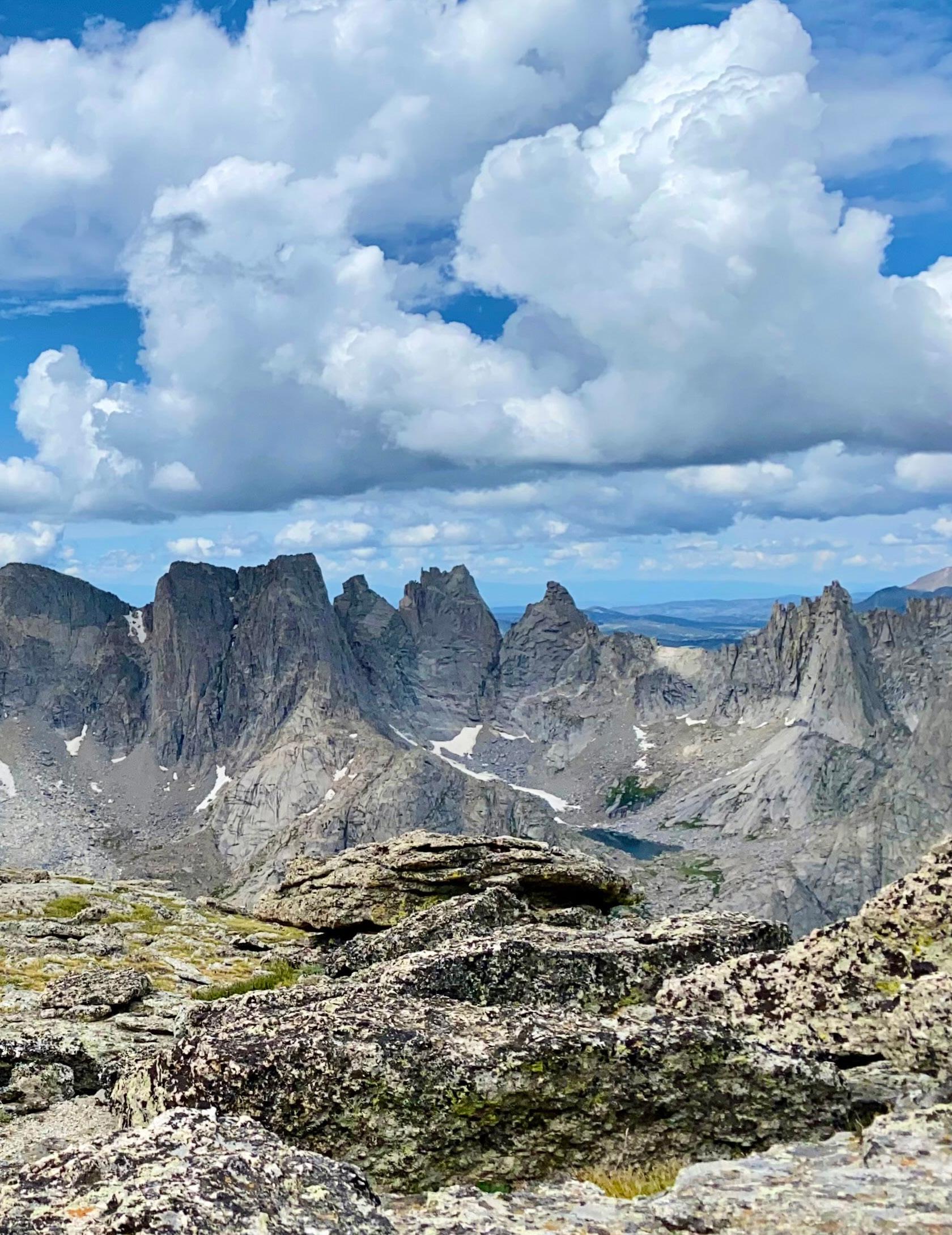
essence of these races is the spirit of the people pushing their bodies to the absolute brink and the crews who rally around them in support.
When Gabe is racing, he sets an alarm on his Garmin watch for every 30 minutes to remind him of two things: to eat and to smile. The quick bite of food is clearly necessary to sustain physical activity for 20+ hours, but Gabe will argue that smiling is just as crucial.
“You meet people in the races who talk about suffering or going into a pain cave. I don’t look at it like that at all,” Gabe said. “We all paid money to be out here and there are literally people handing us snacks and cheering for us. Why would anyone call this suffering?”
During Jenny’s recent 100-mile race, Gabe asked her at mile 70, “What are you grateful for?” And amid gritted teeth she replied, “I’m grateful for cloud cover. And also for you putting up with me.”
Gabe and Jenny live and train in Lander, Wyoming along with their two kids Ella and Cora. Running and racing are certainly a family pursuit, with the girls often traveling to support and cheer on their parents. Gabe and Jenny have spent their career working in education and enjoy the humble nature of the Lander community.
“If you’re looking for attention from the world, Lander isn’t the place you end up,” Gabe said. “The geography lends itself to
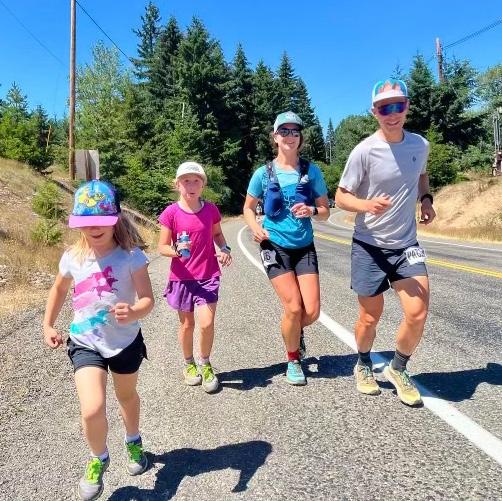
unassuming people finding their way here for the sheer access to trails and mountains. It is such a hallmark of this community.”
Gabe’s first experience in the ultra-racing world came in 2012 when he signed up for the Bighorn 50-mile race. He shared, “I absolutely got clobbered in that race. I spent most of the race dehydrated, overheated, sick to my stomach, and I went out way too fast. But I managed to finish as a shamble of myself. I couldn’t help but think about how if I did this again, I could definitely do better.”
So naturally, the next year he signed up for a 100-mile race in Bear Lake, Idaho. Gabe explained, “This time it was more of the same, it just took me longer to fall apart.” He described how at mile 93 there was a 3,000 foot descent and his quads were so tired he literally tried to walk down the hill backwards. But he finished with a smile and a victory. From that moment forward, he was hooked.
Gabe’s first win came a year later at the Scout Mountain 100k in Pocatello, Idaho. The weather proved to be a challenge, as it was the first hot weekend of the year and the runners were not acclimated to the heat.
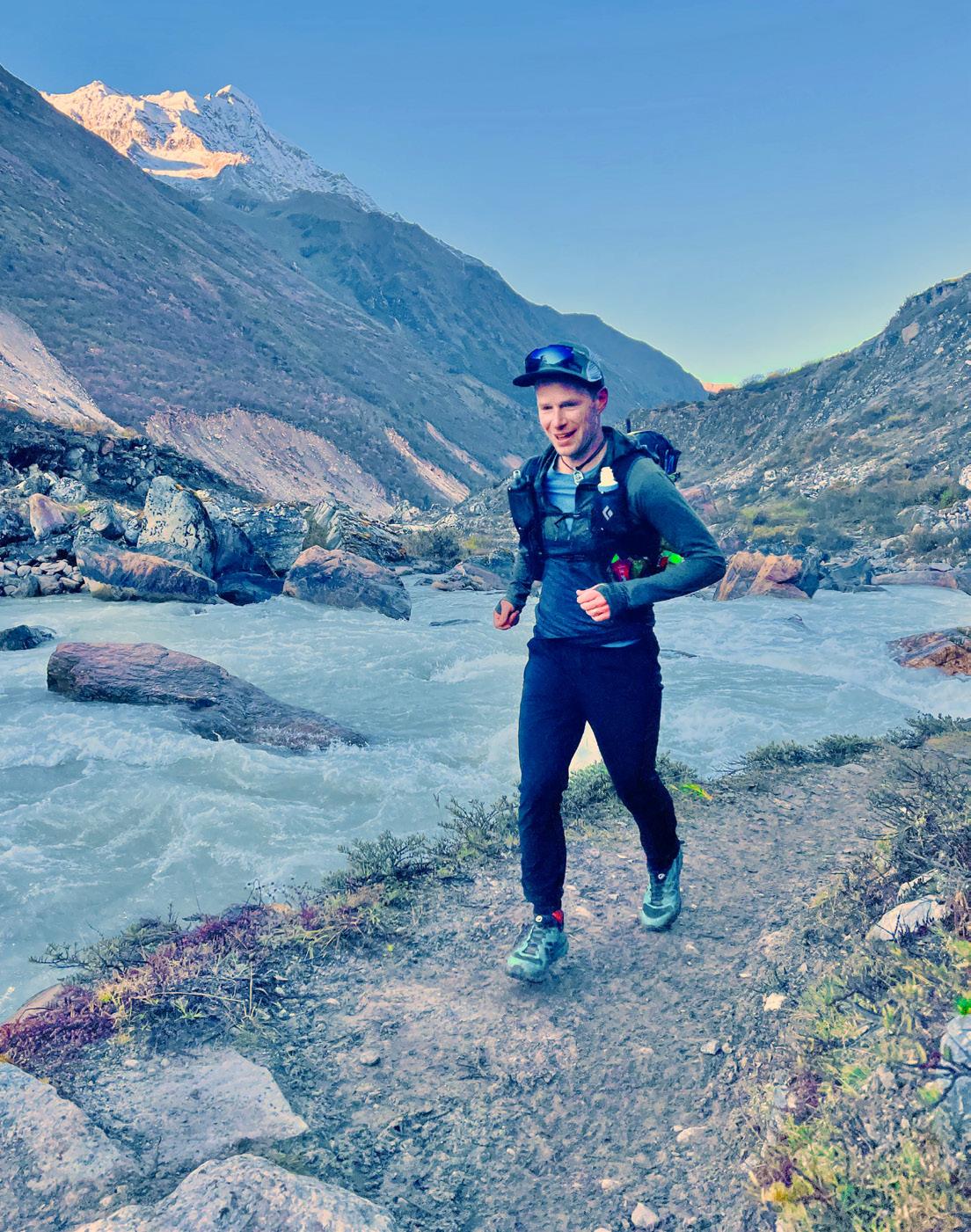
One of the more unique running endeavors that Gabe undertook in the past few years wasn’t even a race at all. For several years, Gabe dreamt of running from his home in Lander, Wyoming to the town of Jackson, Wyoming. His chosen route crossed three mountain ranges and spanned 180 miles. He finally decided to give it a try in 2023.
When I cross a finish line, I feel happy. But when I see others cross a finish line, it makes me emotional. It’s like watching transformation happen in real time.
— GABE JOYES
“I took the lead at 15 miles, but towards the end I was so hot that I had to walk. I was pretty sure someone would pass me, but then I kept seeing people sitting down in the shade,” Gabe reflected, “So, I figured maybe I would win as the only person who was still moving.” And smiling; Gabe is always smiling.
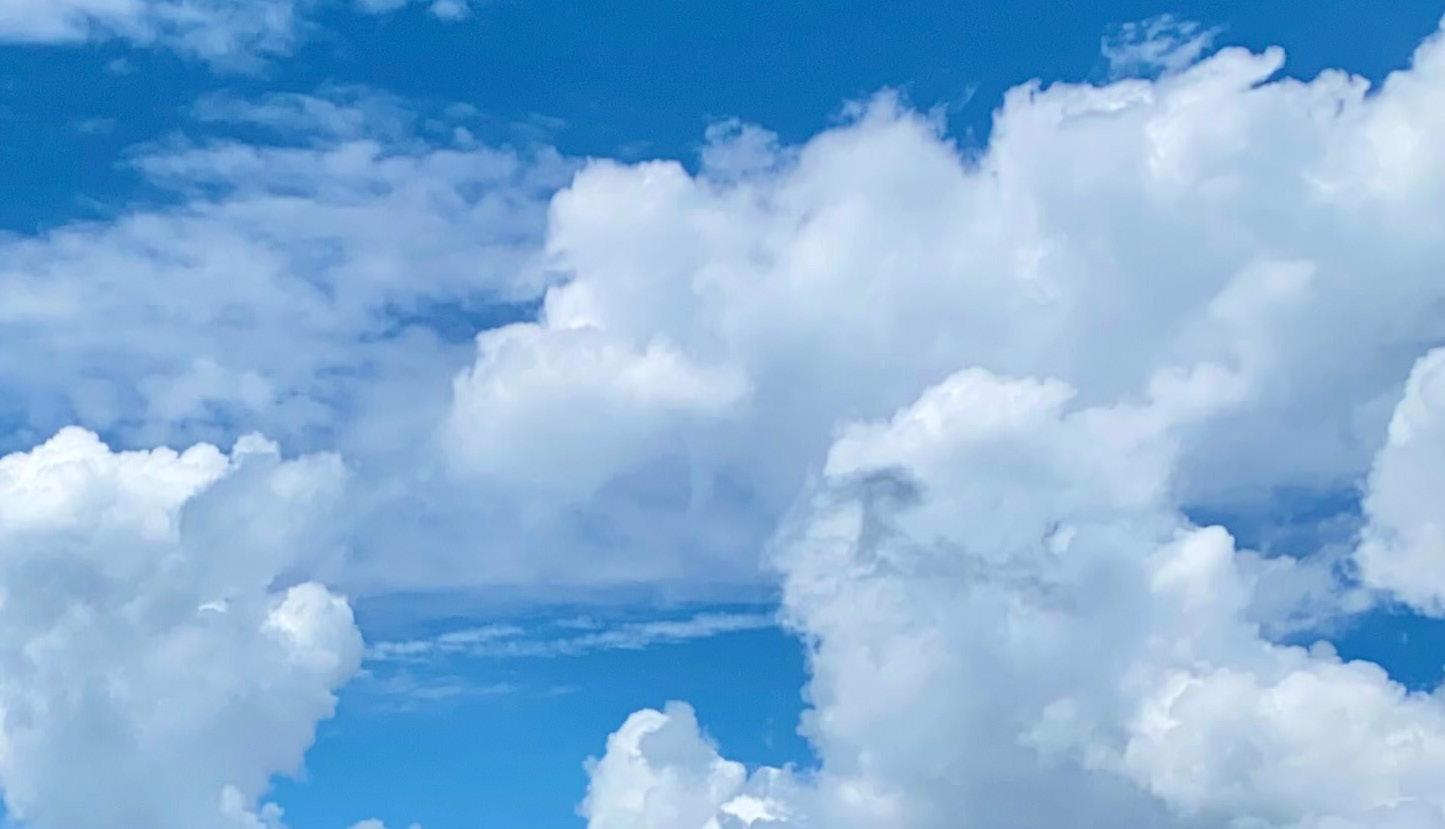
“Jenny and I left our house early in the morning when the girls were still asleep,” Gabe said. “Jenny rode her bike next to me while I ran up Sinks Canyon and then she sent me off into the mountains.”
Over the subsequent miles, Gabe ran stretches with friends from the ultra community. “We were having so much fun! We would stop and take pictures or just pause to eat a snack and enjoy the view,” he said. Jenny and the girls were waiting in Jackson to greet him at the end of this three-day endeavor.
Amid his positivity, Gabe will also be the first to share in the challenges that come from training and running at this level. In 2022, Gabe had a lifethreatening injury when he stumbled down a rocky trail and his trekking pole stabbed into his quad. It was a rare trip that he didn’t have his Garmin inReach, but thankfully he was able to get a message out to Jenny to send a helicopter. With a bit of good luck and self-administered first aid, Gabe was rescued within an hour and eventually made a full recovery.

Gabe has also dropped out of races for injuries or simply because it wasn’t coming together the way it needed to. “You have to learn that your performance doesn’t affect who you are as a person. Sometimes you are just unlucky,” he said.
These days you will find Gabe and Jenny training on trails near Lander year-round. You will also find them on the start and finish lines of the Sinks Canyon and Run the Red trail races as race directors. They get as much excitement and joy from watching others race as they do from competing themselves.
“When I cross a finish line, I feel happy. But when I see others cross a finish line, it makes me emotional. It’s like watching transformation happen in real time,” Gabe said. “In most cases, the trajectory of their lives just changed because of this event. It’s magical.”
Gabe hopes to invest more time in coaching runners and helping them through this transformation. For any aspiring ultrarunners out there, Gabe has some advice.
“I tell people to make sure they're having fun and to enjoy each of the paces of training and running,” Gabe beamed. “You can stop and smell the flowers one day and charge up the mountain the next day, but if you try to push too hard every single day then you will burn out.”
To Gabe and Jenny Joyes and their kids, running is a lifestyle. It’s a way to see cool places on a short timeline, which is not so different from how it all started. Maybe Gabe and Jenny didn’t invent trail running, but they might have invented the way to do it with a smile.
1. Fairfield Hill in Sinks Canyon, 7 miles round trip
2. Silas Canyon in the Wind River Range, 14 miles round trip
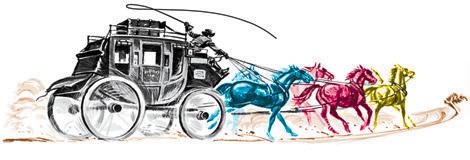
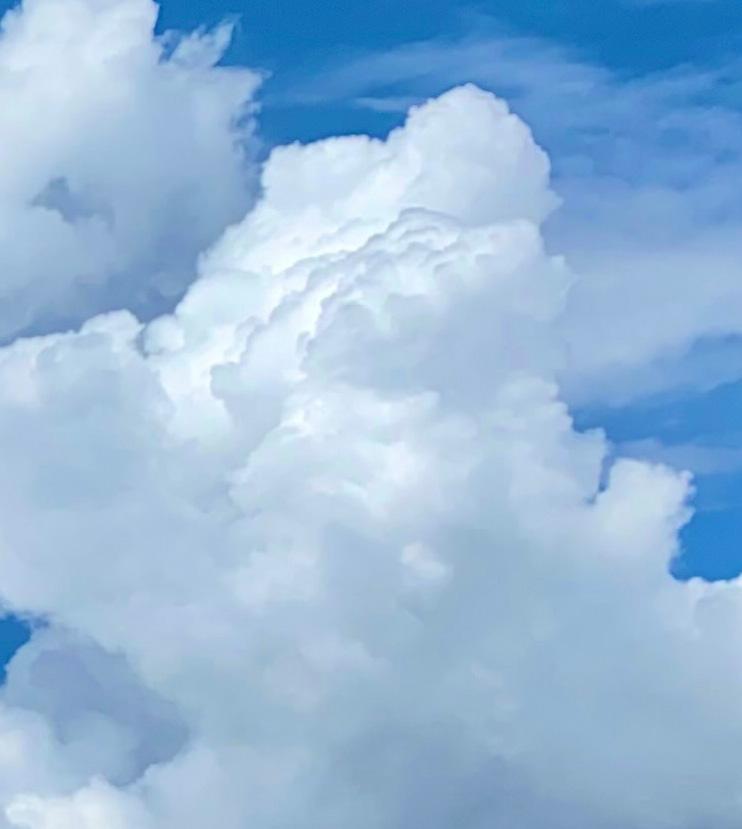
➤ Tortilla chips
➤ Gels
➤ Bag of sliced salami, cheese, and apricots
➤ Garmin inReach
➤ Rain jacket
➤ First aid kit
3. Stough Creek (aka Roaring Fork Pass) in Wind River Range, 8 miles round trip
4. Wind River Peak in a Day from Worthen Reservoir, 50k
With our state of the art equipment and over 100 years of experience the professionals at Western Printing can help with your next print project.
Call us today for your Printing Needs: Every Door Direct Mail, Brochures, Forms, Letterheads, Business Cards, Rack Cards, Banners, Flyers, Metal Art, Canvas and much more.
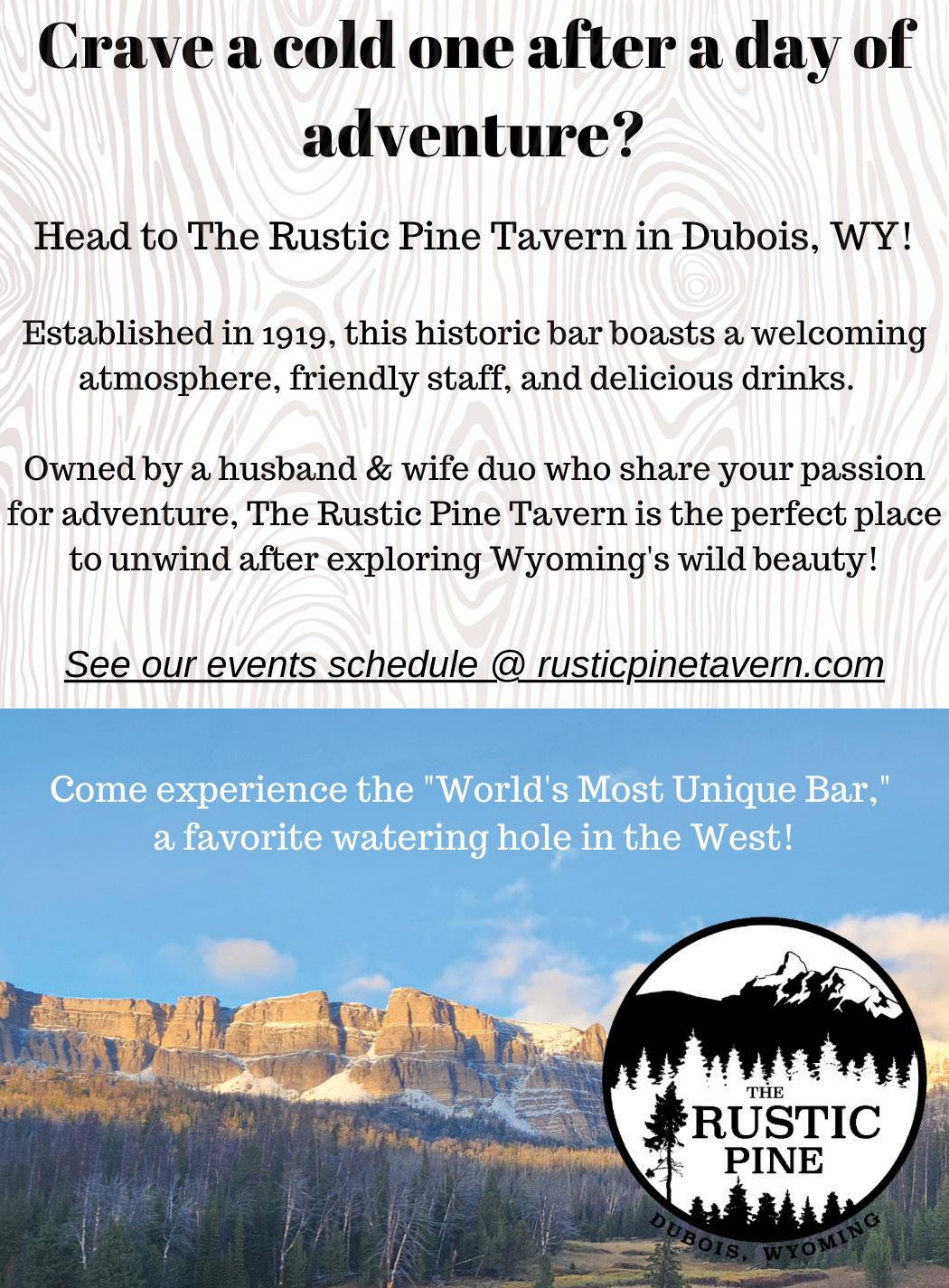


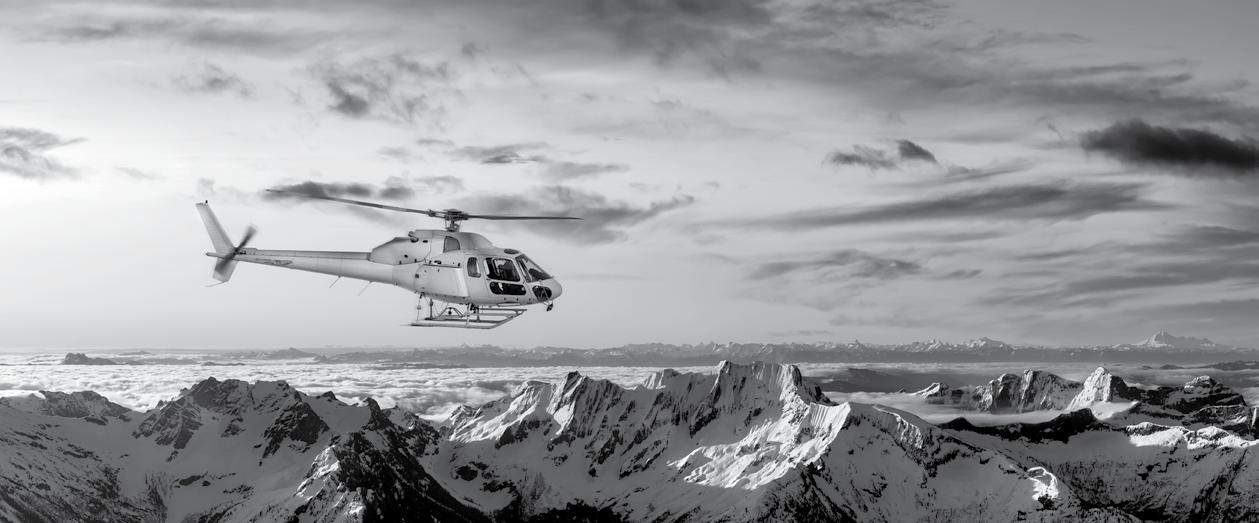
“911, what is your emergency?”
No one ever wants to make that call, but it happens. Accidents happen. Even the best laid plans can go awry.
The Wind River Range is a playground for hikers, anglers, rock climbers, snowmobilers, horseback riders, and other adventurers, offering over 2 million acres filled with year-round entertainment.
Safety in the great outdoors should always be a top priority for anyone, regardless if it’s while scaling the side of a mountain, backpacking into the wilderness, or riding an ATV. While these experiences can be thrilling and rewarding, they also come with potential risks that could lead to dangerous situations. If a situation does occur, however, it’s reassuring to know that help is available, even in the most remote parts of Wyoming.
To reach Lander Search & Rescue in a time of need, simply call 911. All situations must go through the Sheriff’s office dispatch before they go to SAR. Missions vary from river rescues to backcountry injuries, and even searches around town.
When SAR shows up to deliver aid, it isn’t on anyone’s mind that the heroes are volunteers, some leaving their own family functions or regular jobs for emergencies.
I joined because of my ultimate desire to be somebody who can make a difference in somebody’s worst day.
Lander Search & Rescue (SAR) is a nonprofit volunteer organization that provides search and rescue services to Lander and the greater Fremont County area. The Fremont County Sheriff’s Department has three volunteer SAR groups: Lander, Riverton, and Dubois. Lander SAR consists of about 60 members who are on-call 24/7. Their team plays a crucial role in ensuring the safety of everyday explorers and outdoor enthusiasts.
— TY VINEYARD
Era Aranow and Kirk Billings are the cocommanders for Lander SAR. Both have full time jobs in addition to helping with SAR, and feel honored to be part of the team.
Era has been with Lander Search & Rescue for ten years. When she’s not doing Search & Rescue, she’s working for Wyoming Outdoor Council and NOLS.
“I started in the ambulance and NOLS world, and Search & Rescue seemed like a great way to combine my strengths and give back to the community,” Era said.
Kirk works for the Wyoming Department of Environmental Quality doing remediation work for places that have had gasoline or diesel releases. He’s been with Lander SAR on and off since 1997, but has been a regular member for the past five years.

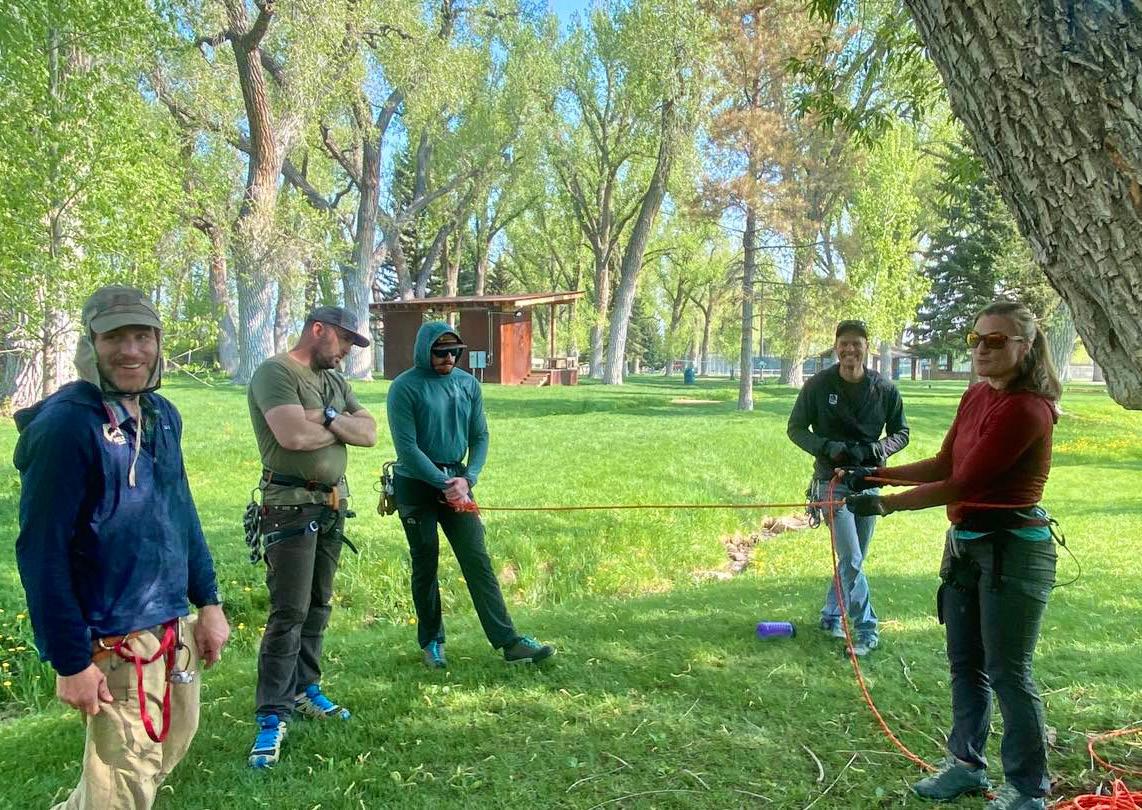
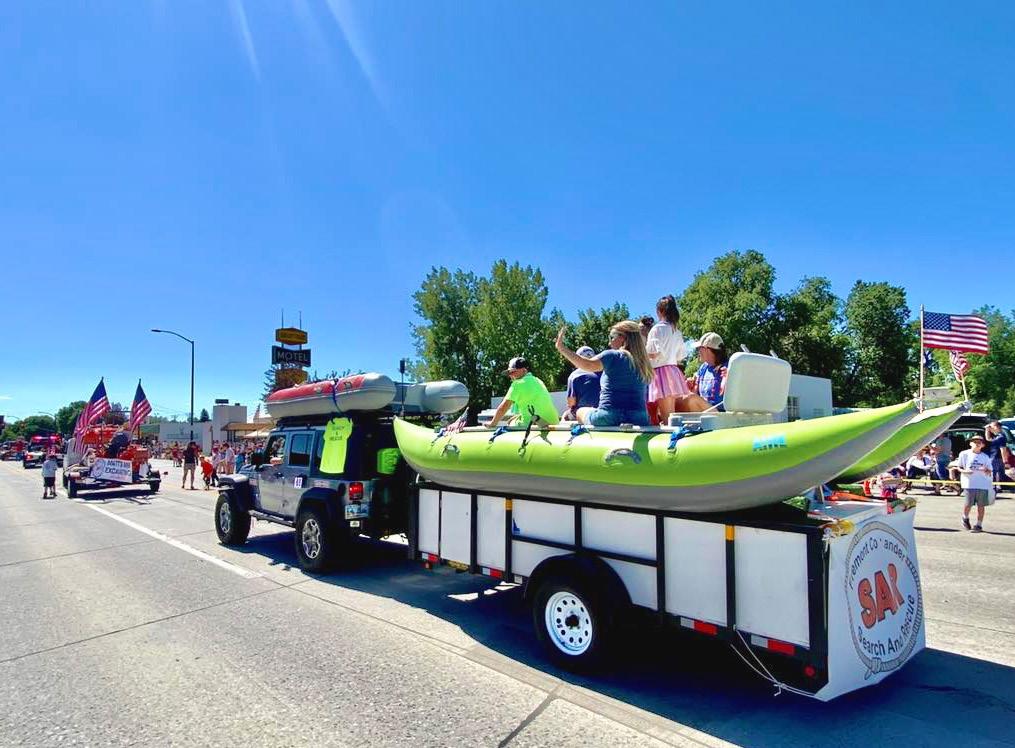
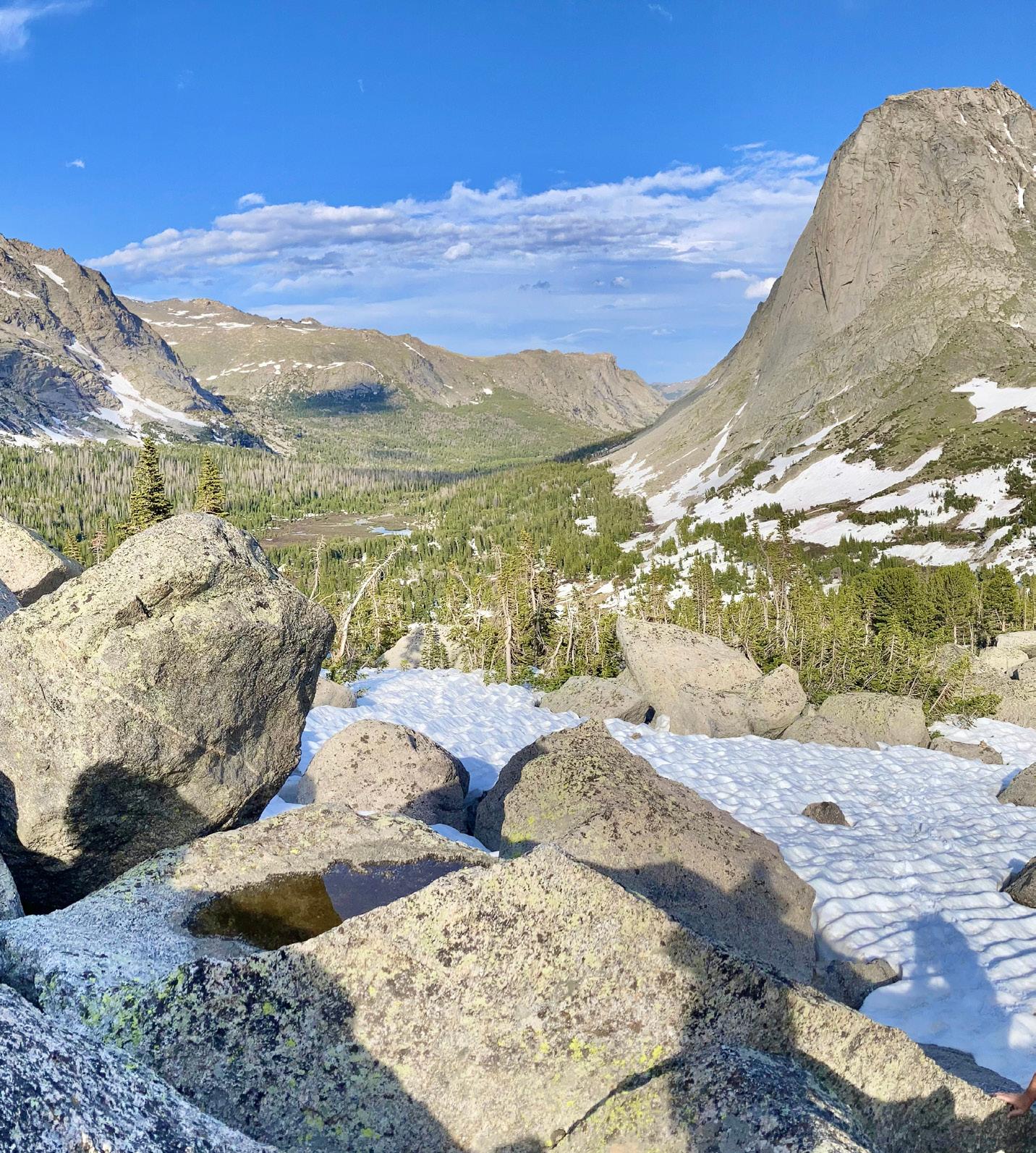
“I've known people who have had bad days in the mountains, between broken legs or getting lost, and joining Lander Search & Rescue seemed like a really good way to help out,” said Kirk.
Ty Vineyard, another volunteer, is a ClimbStrong coach, guides for Wind River Climbing Guides, and is the high angle rescue lead for Lander SAR. High angle rescues consist of vertical terrain and rope rescue techniques. This year is Ty’s fourth season on the Lander SAR team.
“I joined because of my ultimate desire to be somebody who can make a difference in somebody’s worst day,” Ty explained. “But I also saw it as an opportunity to develop myself as a human. I've gained a unique skill set that plays well in the team and it's a good way to give back.”
Calling 911 in case of an emergency allows the operator to ping the caller’s GPS coordinates.
Once dispatch gets the call, they confer with the deputies and put out a page to the SAR watch commanders that are on-call. From there, the watch commanders will gather as much information as possible to make a decision and take action.
“People should call 911 even if their provider doesn’t have service in their current location. 911 takes priority,” Era explained. “The emergency call will be routed through any carrier with service in


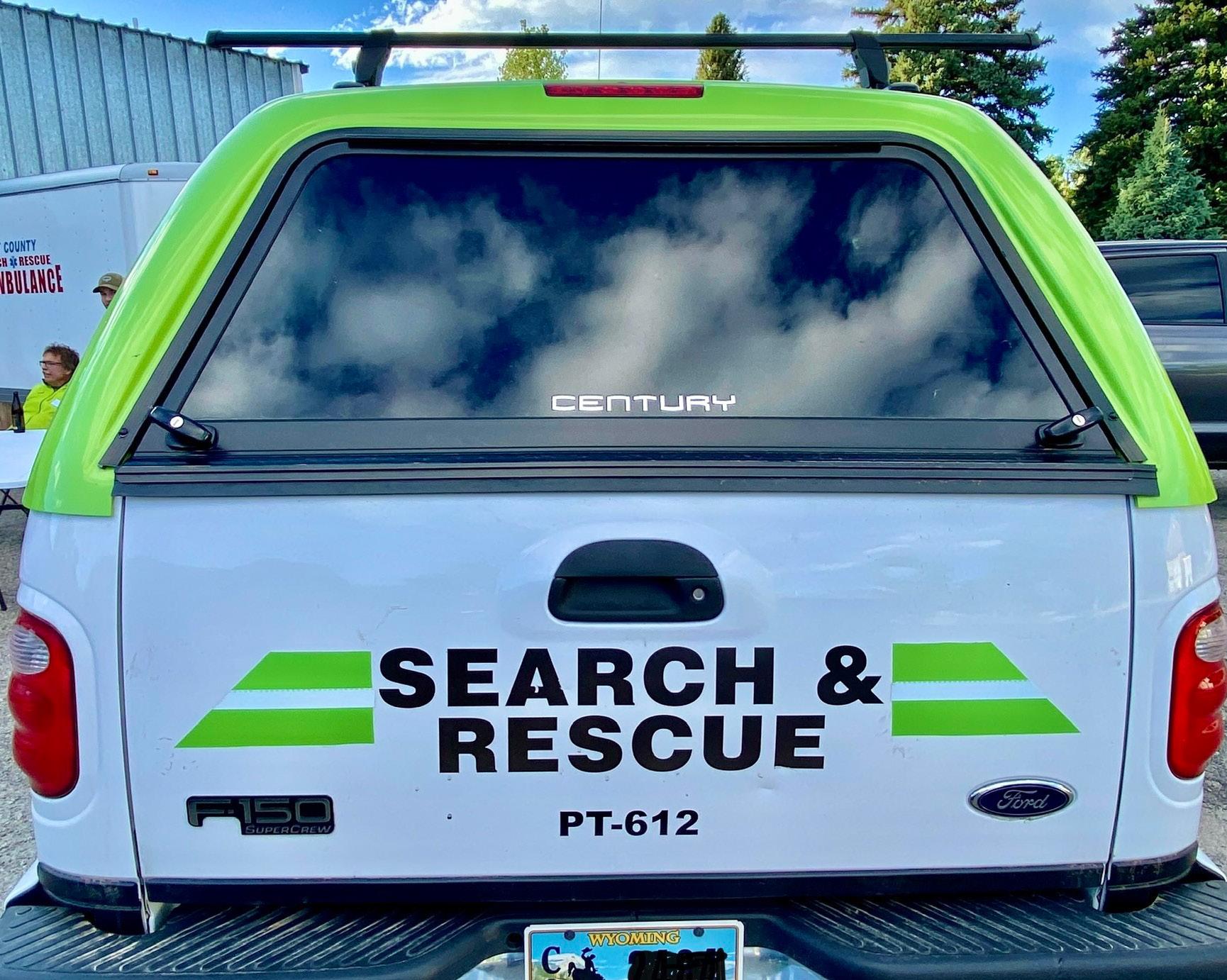
the area, so it's always important to try to call 911.”
The majority of Search & Rescue teams in the U.S. are volunteers. They’ve invested countless hours into learning about navigation, communications, tactics, and first aid. Besides the grueling physical aspects, there are other unexpected challenges that come with the territory.
“Rescues can be difficult logistically, technically, or they can be difficult emotionally,” said Kirk. “If there’s somebody injured climbing Pingora, that’s a problem. If they’re ten miles from a trailhead in the backcountry and the only way to get there is to walk, ride a horse, or fly a helicopter, that’s a difficult situation as well.”
“I also think some of the most difficult ones are extended searches,” Era added. “We’re all volunteers with other jobs and sometimes searches take anywhere from a few days to a couple weeks at a time.”

Our orthopedic specialists offer a full range of the most advanced medical and surgical orthopedic care techniques, from arthritis treatment to total joint replacement. Many of these care treatments include minimally invasive techniques, which reduce pain, shorten recovery time and leave minimal scarring.
We’ll work with you on a diagnosis and tailored treatment plan to help you return to the activities you love.
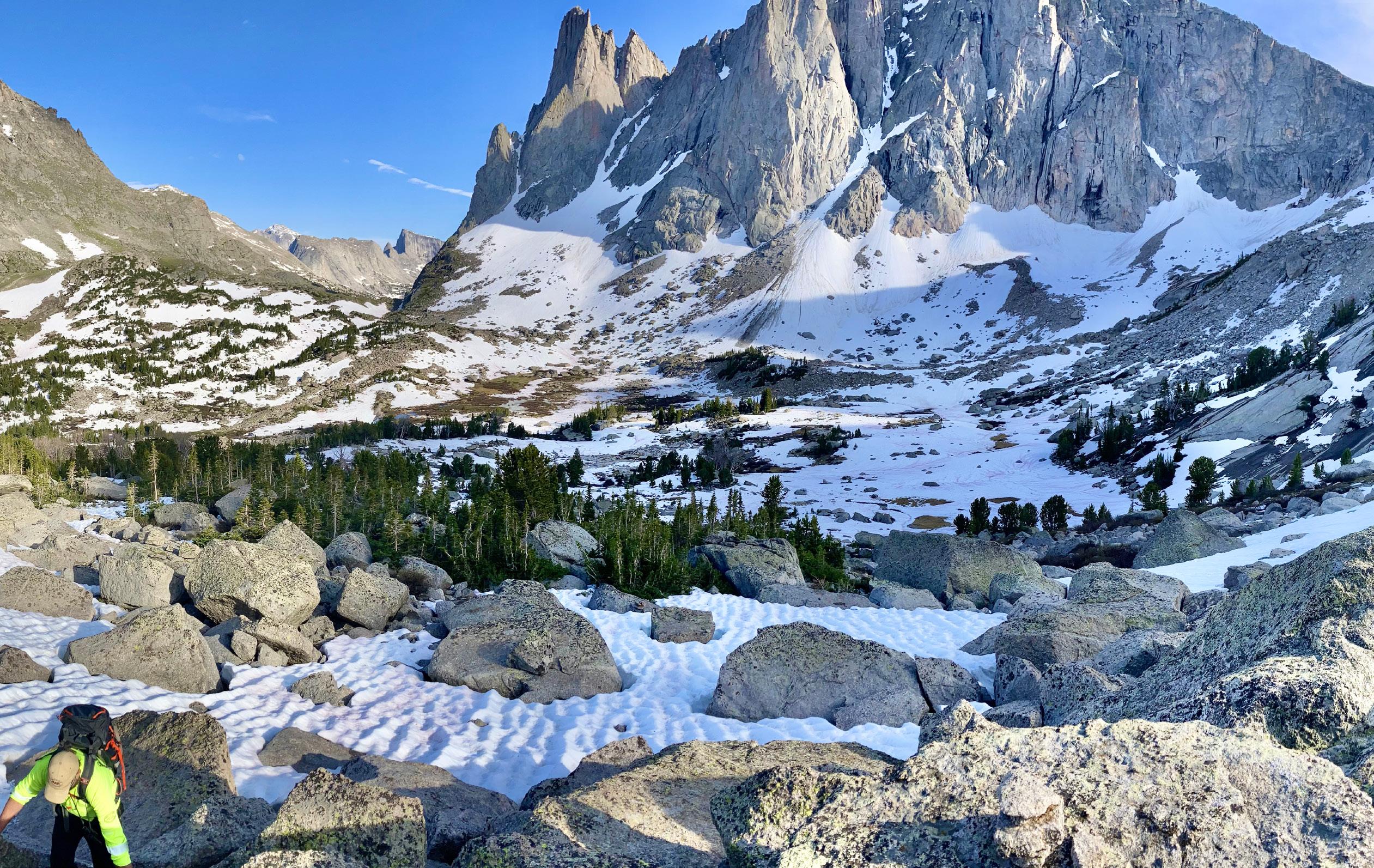





The Lander SAR team provides a minimum of two training opportunities per month for volunteer members. These trainings vary from the high angle team getting together to practice rope management, the communications person teaching members how to use the radios, the swift water team practicing rescues in common areas, or even learning search theory and mapping software.
“We have very diverse missions that require diversity in our trainings,” Ty said. “Lander has an extremely capable team. The more I interact with them, I realize how many working professionals and highquality humans are on the roster. They routinely show up and give everything they have for even the simplest of tasks.”
In addition, Lander SAR provides medical support for races and partners with local organizations for basic first aid clinics. They coordinate and assist with events such as the International Climbers’ Festival, the WYO 131 Gravel Grinder, and the Sinks Canyon Trail Races. They help with communications and aid stations – a great opportunity not only to train
their SAR members, but to also help with community service and outreach.
“We like to help the community that helps us. I’ve never heard of any Search & Rescue team that would not appreciate a donation. Whether that’s for gear, uniforms, or other things.” Era said. “Missions are funded through the Sheriff's office, but most of our expenses are paid by the donations we receive."
“We also feed our teams when they come back from long days in the field. That’s not free,” Kirk added. “A handful of people will donate outright, but there’s a great way to donate by going through the Lander Community Foundation’s Challenge for Charities and they’ll match your donation.”
There’s no glitz or glamor. The team operates out of an old ambulance barn with leaky roofs and no air conditioning. So, why do they do it?
Kirk said with a smile, “It’s good to help people. It feels really good.”
1. Always tell someone where you’re going, what you’re going to do, and when you expect to be back. Make sure they understand that you’re counting on them to report you overdue.
2. If you’re with a group, when in doubt, stick together. Lander SAR sees many situations that have resulted from a group splitting up.
3. Communication devices like inReach or Spot are popular. Know how to use those devices, not just pressing SOS, but to keep communication going with it. The more information you can give to the responders, the faster the situation can get resolved.
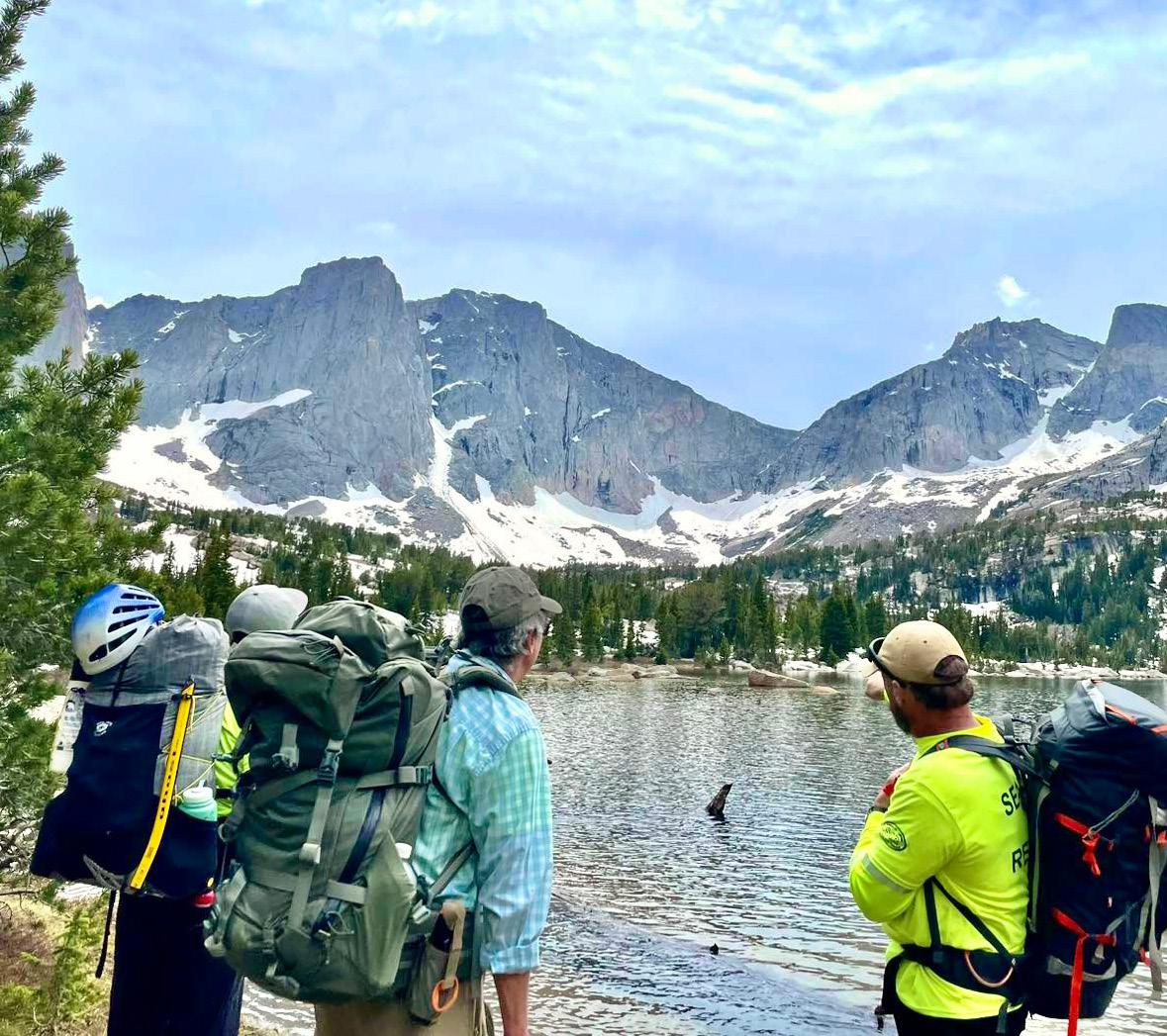
4. Be prepared. Weather changes quickly in the mountains. Set safety plans, turn around times, and bring extra layers and food. Know how to read a map and don’t just rely on your phone because the batteries can run out.
5. Even if you have a relatively simple injury a few miles down the trail, it will take time for SAR to arrive. Be prepared to wait. Include snacks, a light source, water, insulation, and rain gear in your pack.








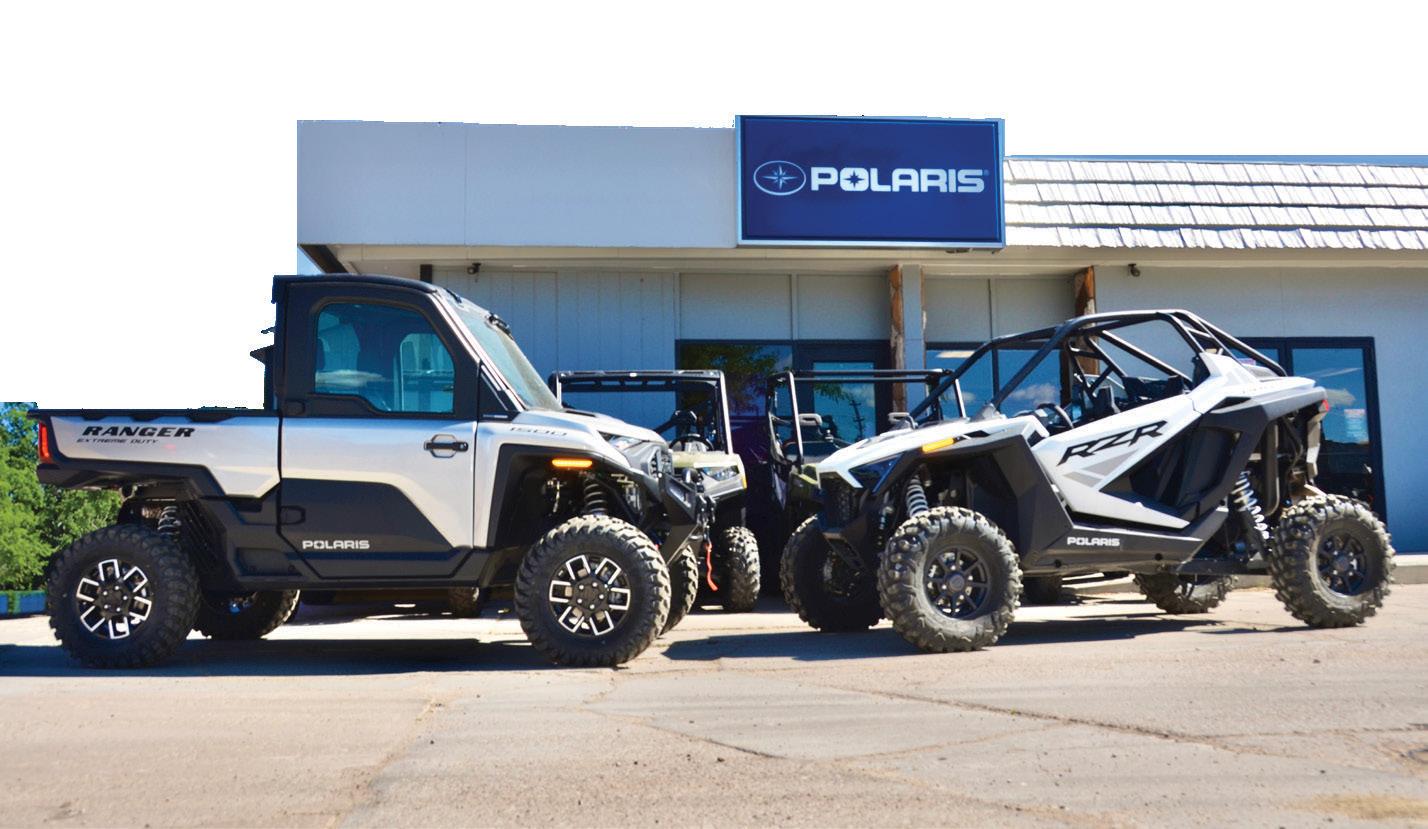





The Alpine Science Institute offers:
Bachelor of Applied Science with focus on Outdoor Leadership.
Certificates in Trail Building and Mountain Bike Guiding. AA, AAS and AS degrees in Outdoor Recreation, Expedition Science and Regenerative Small Scale Farming.


